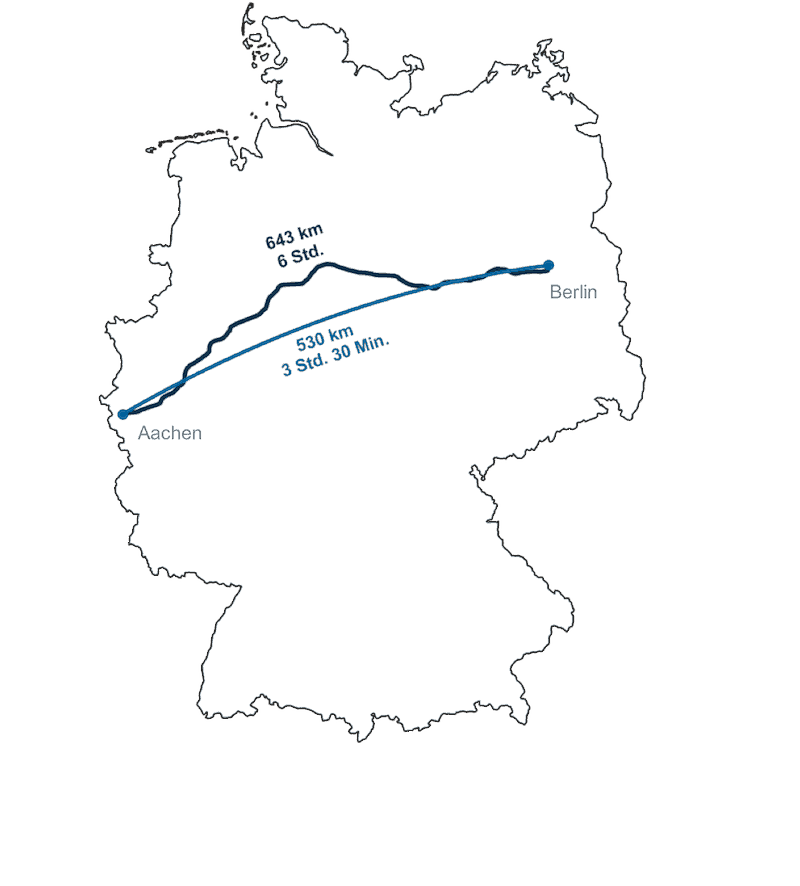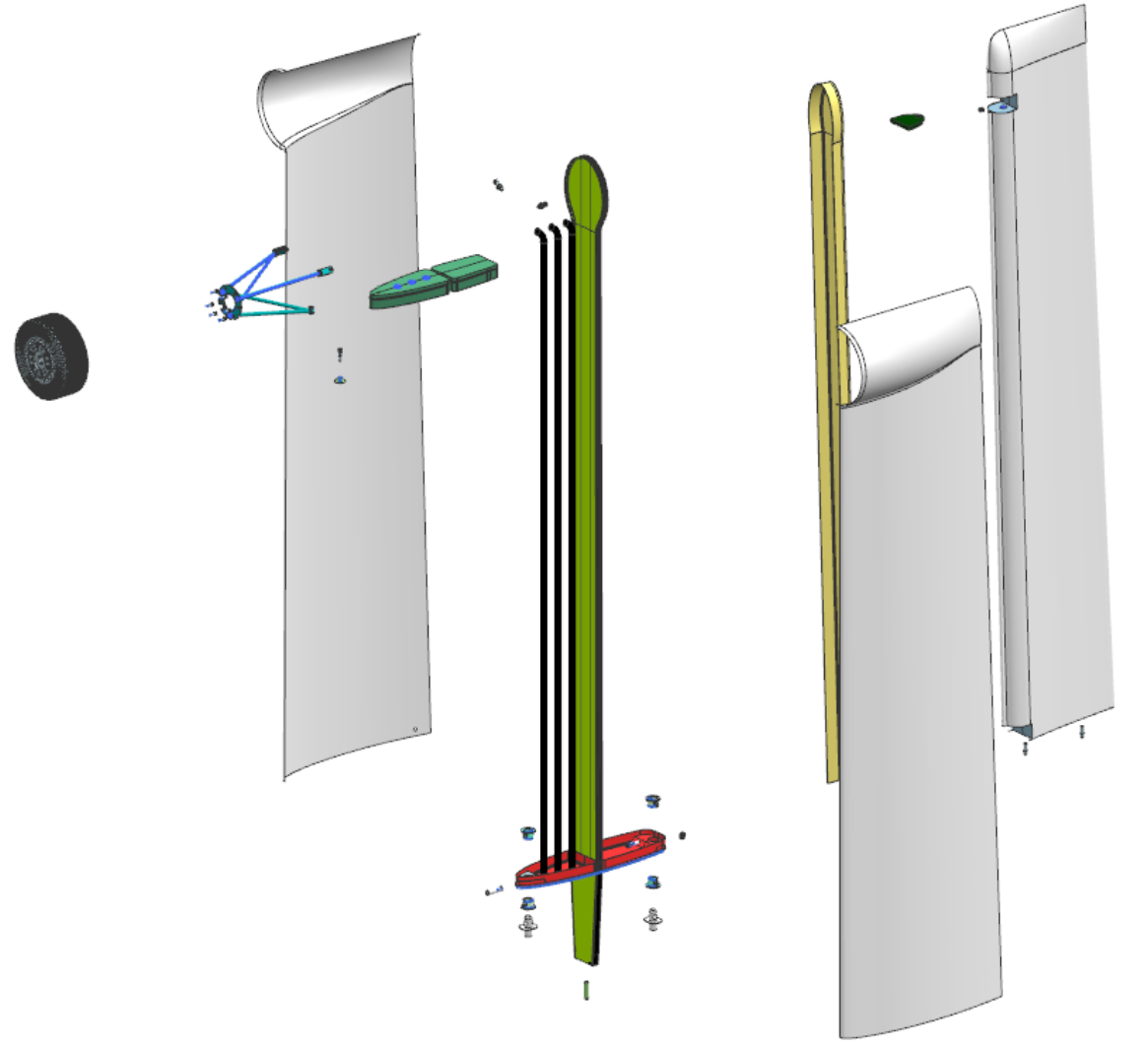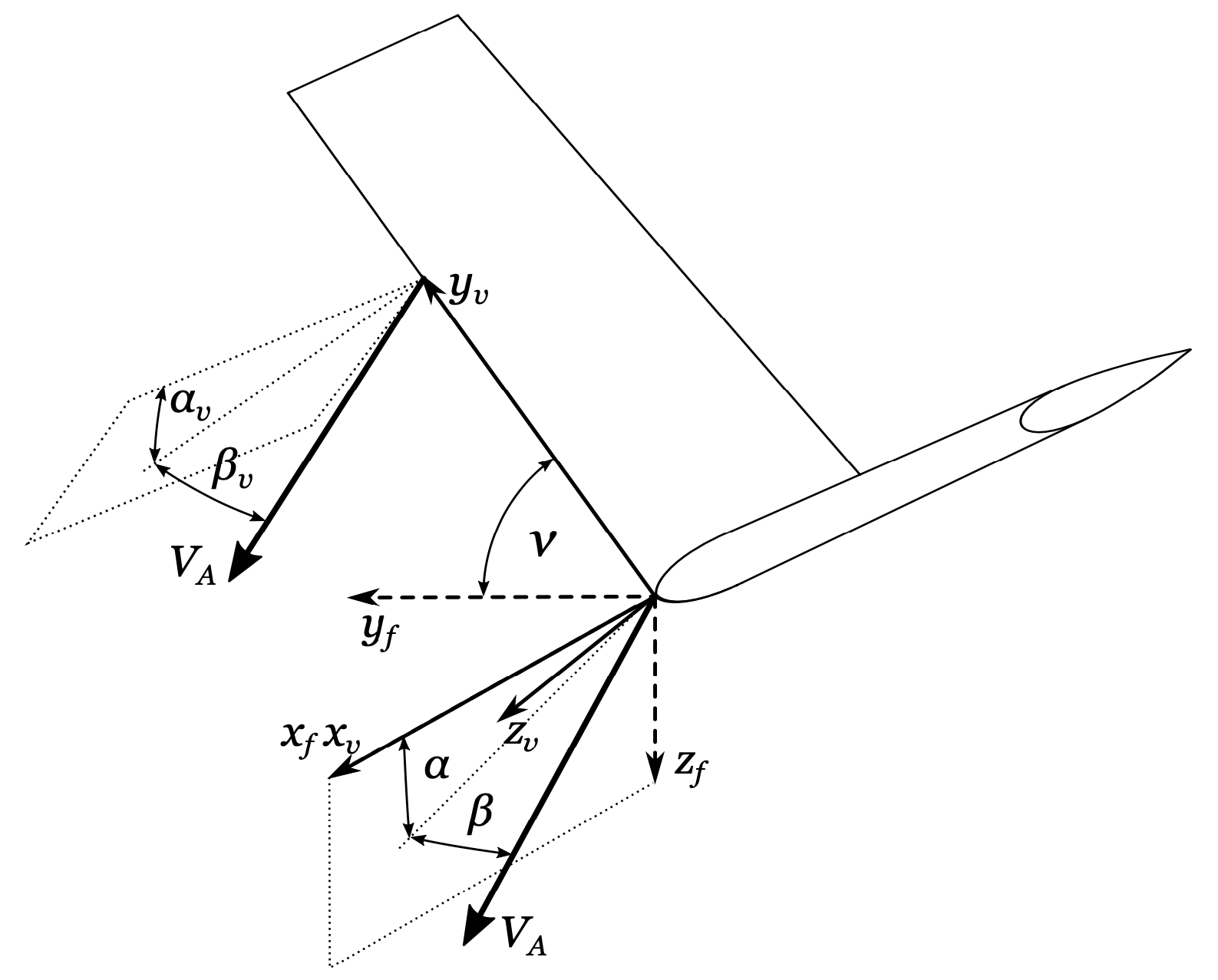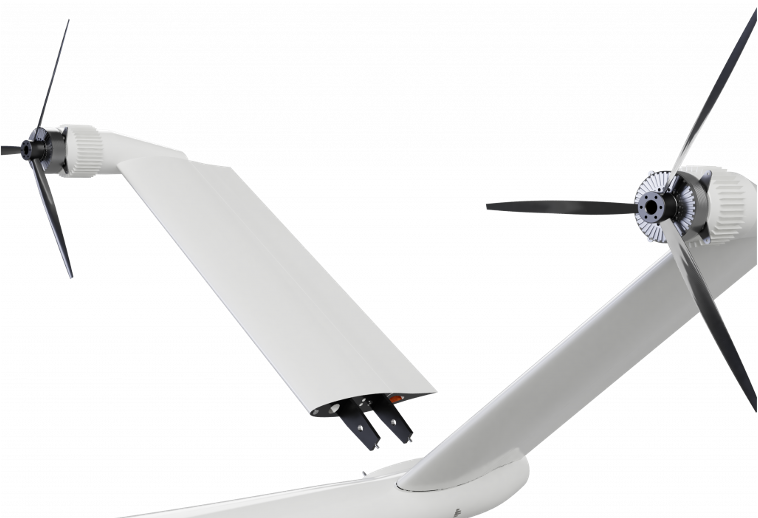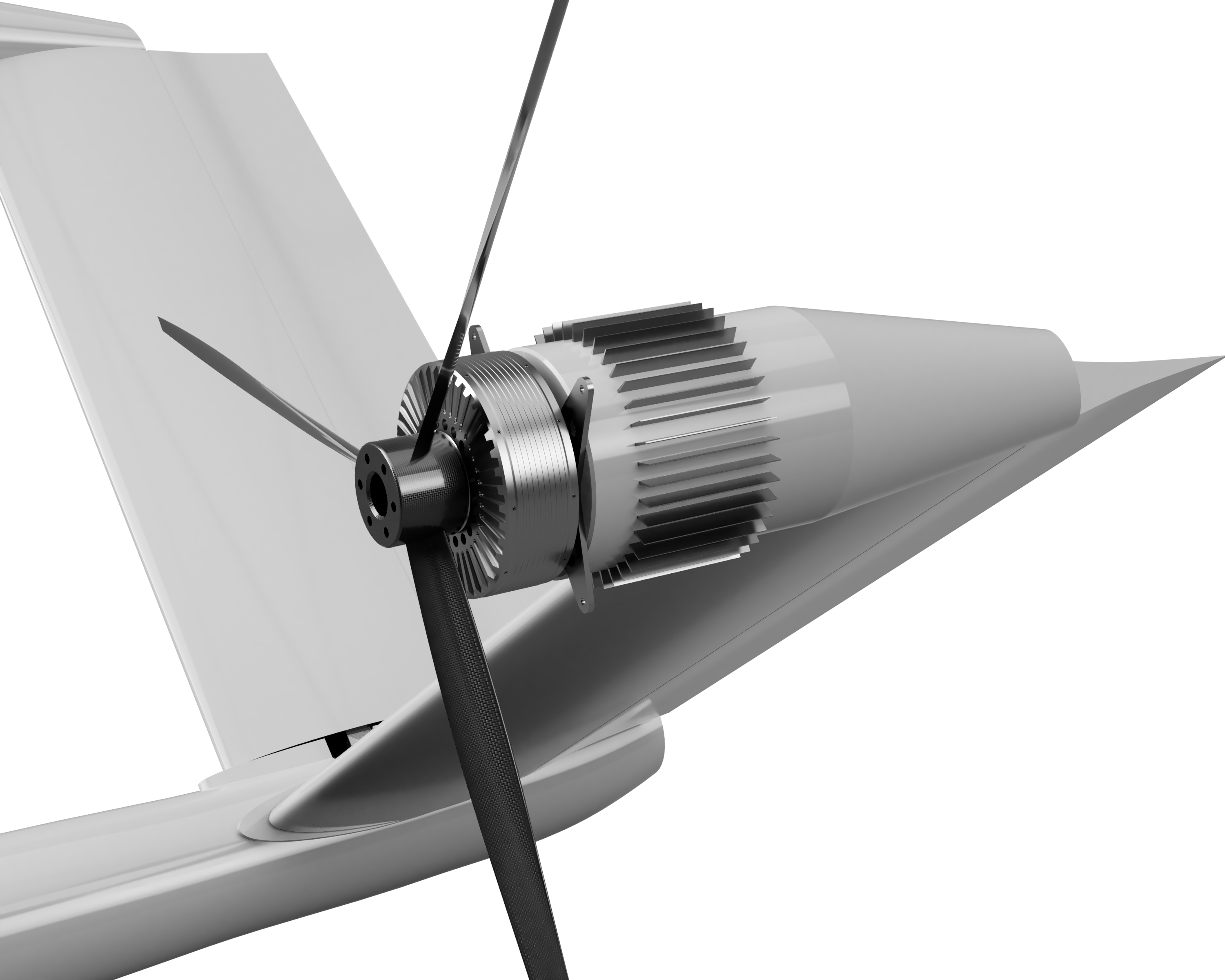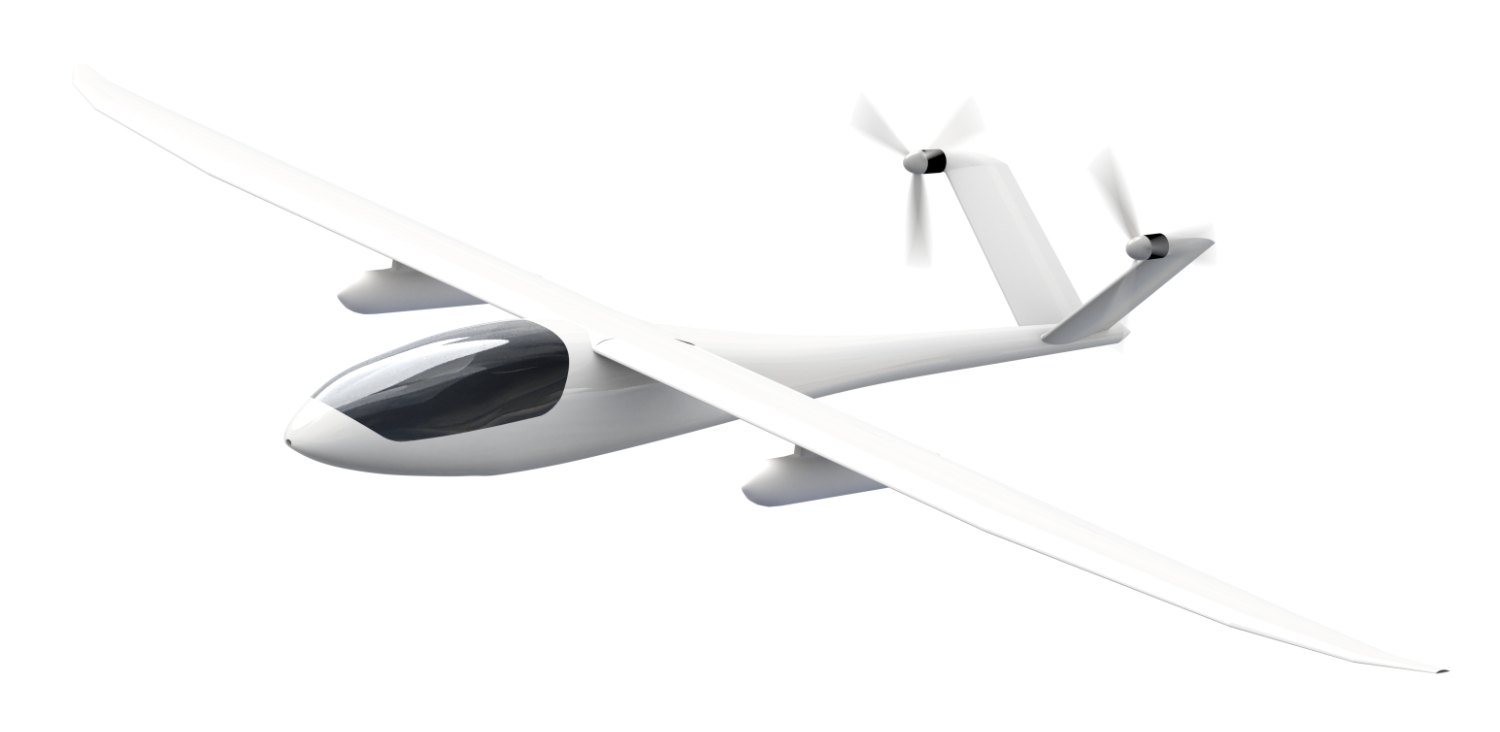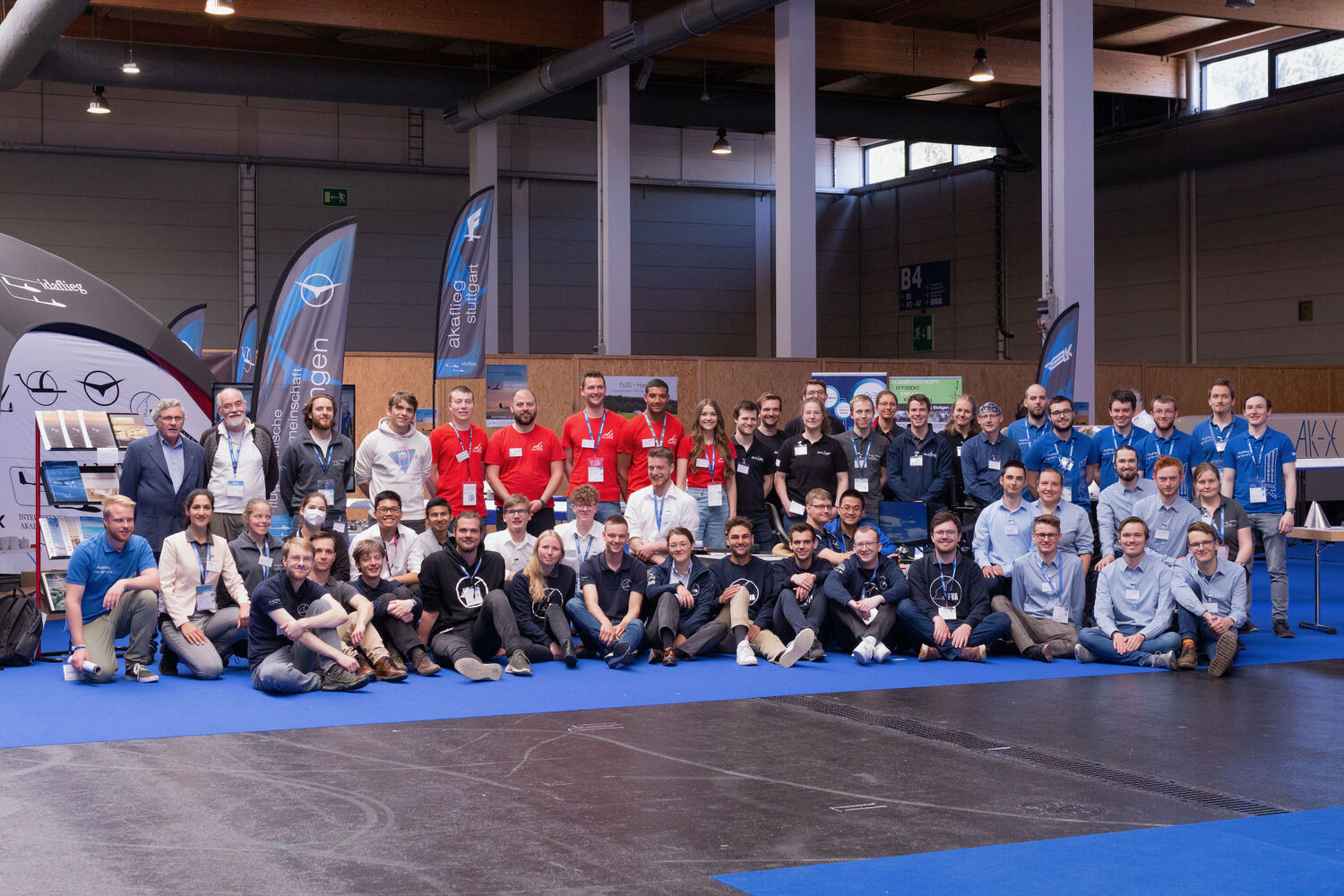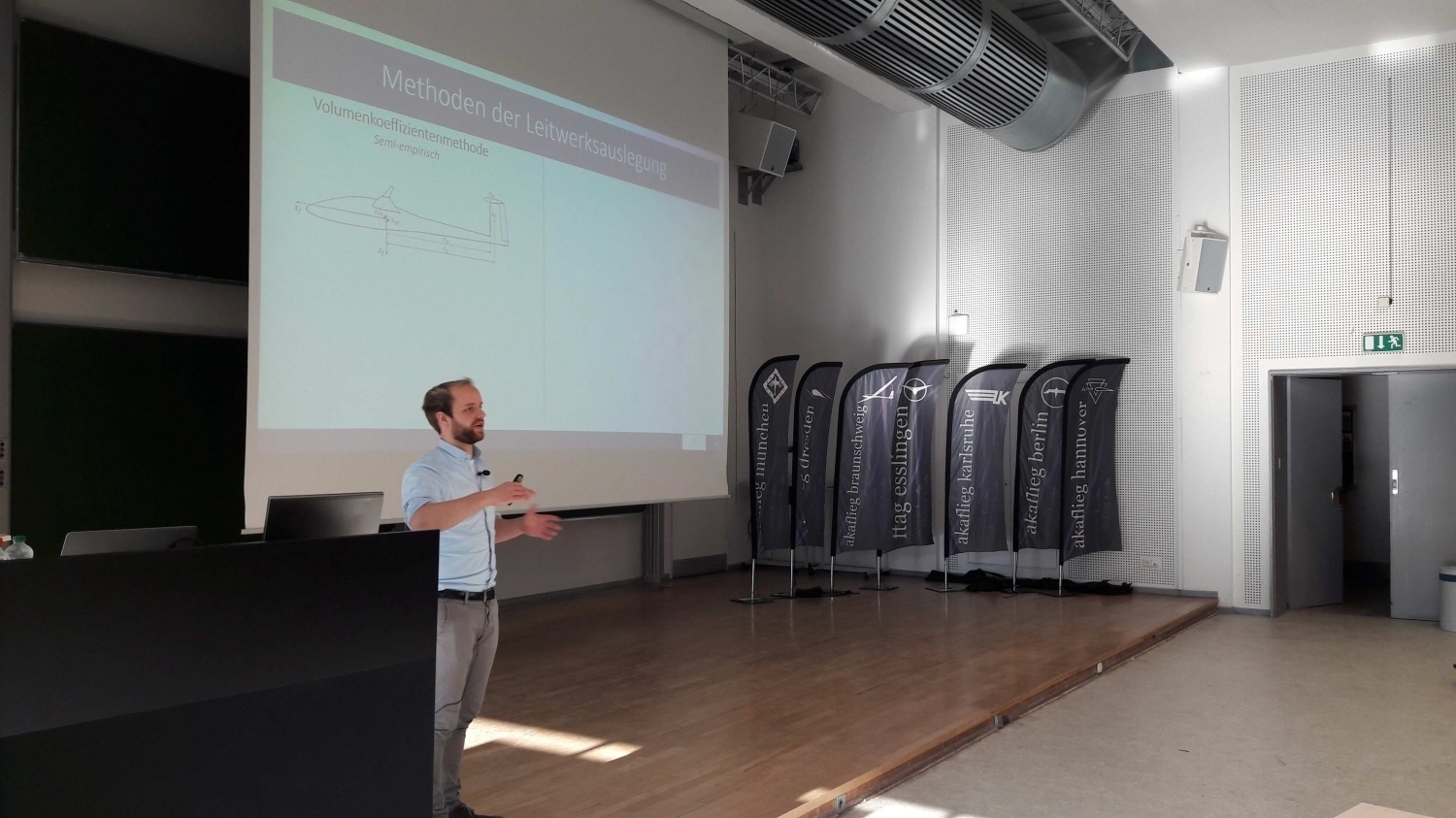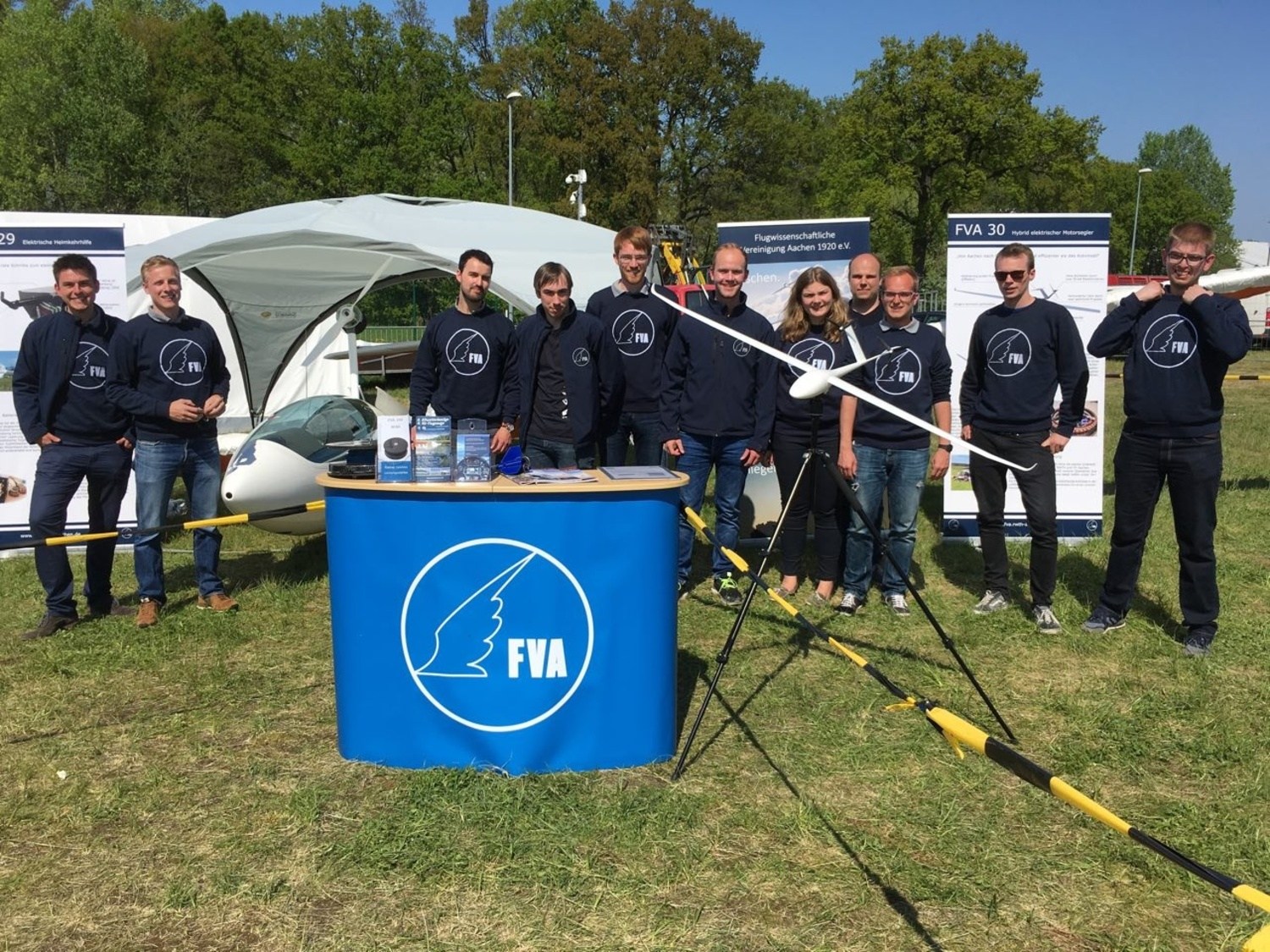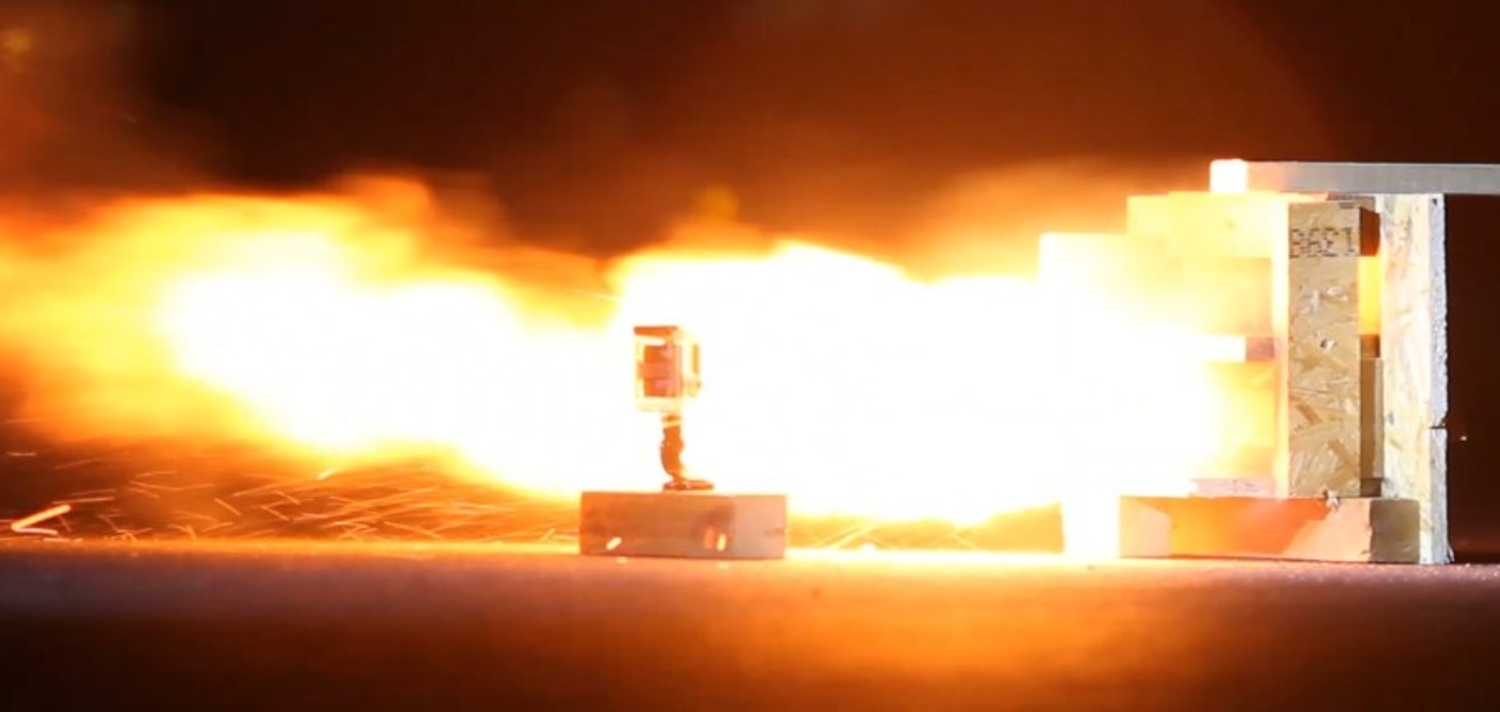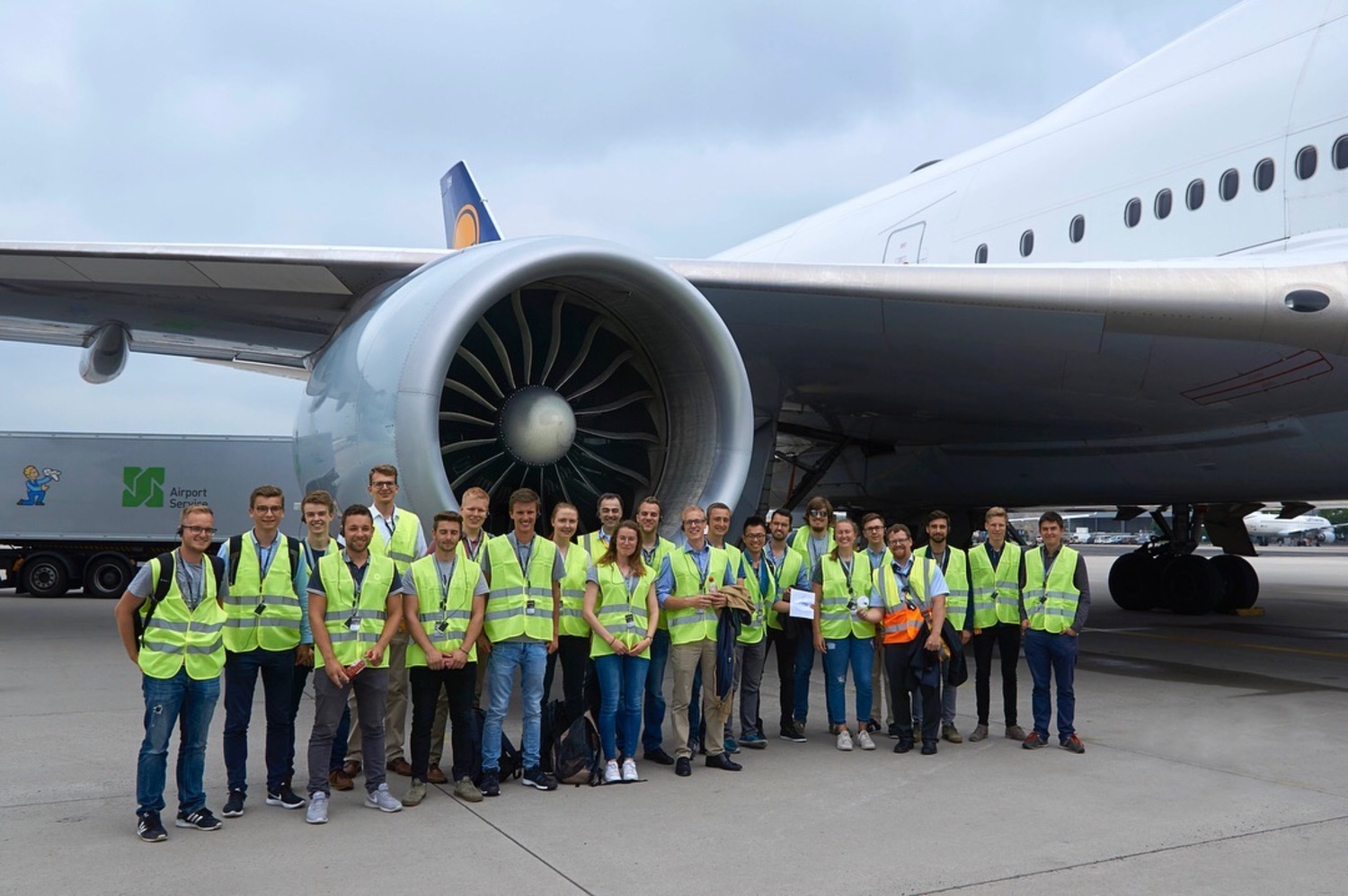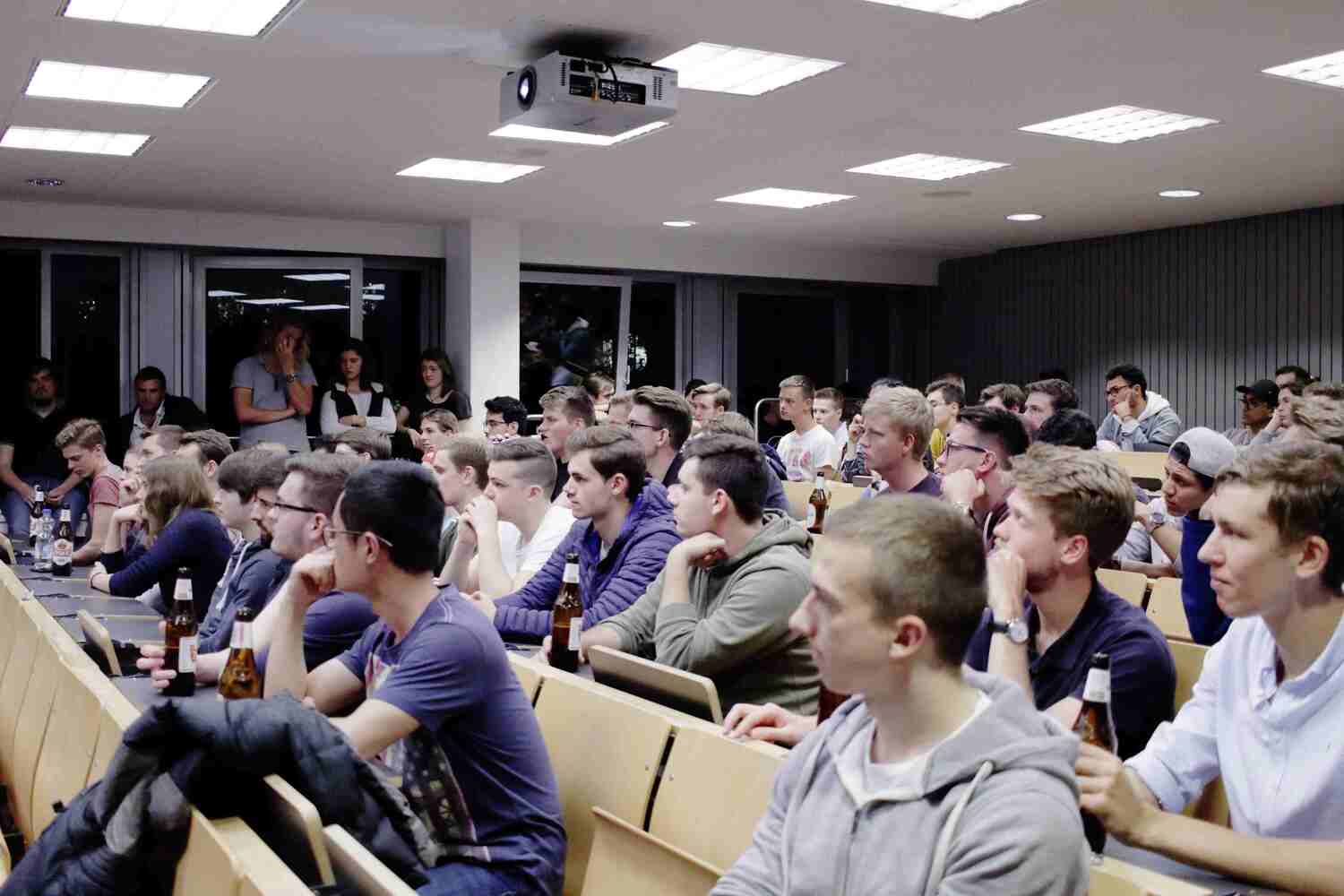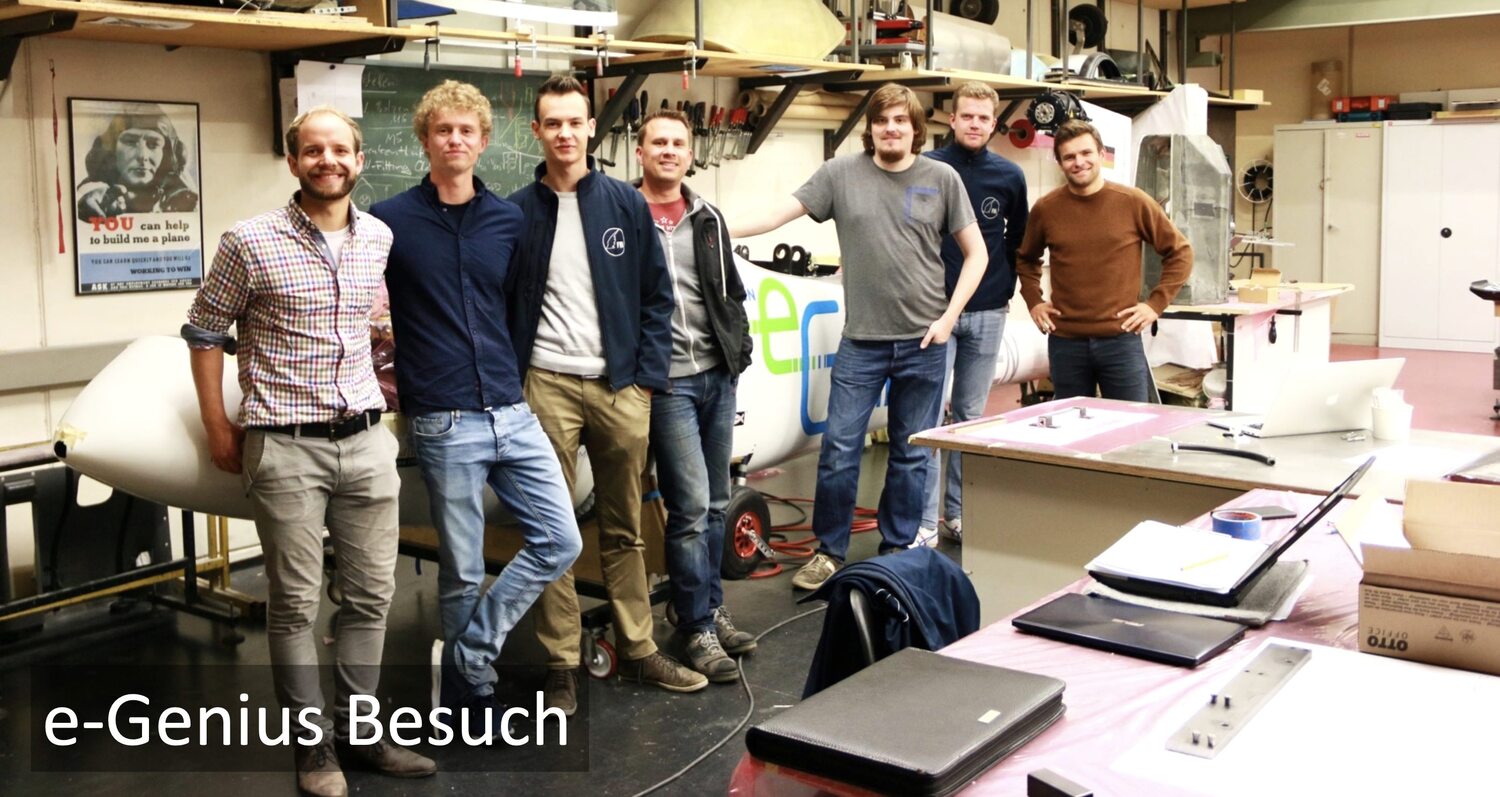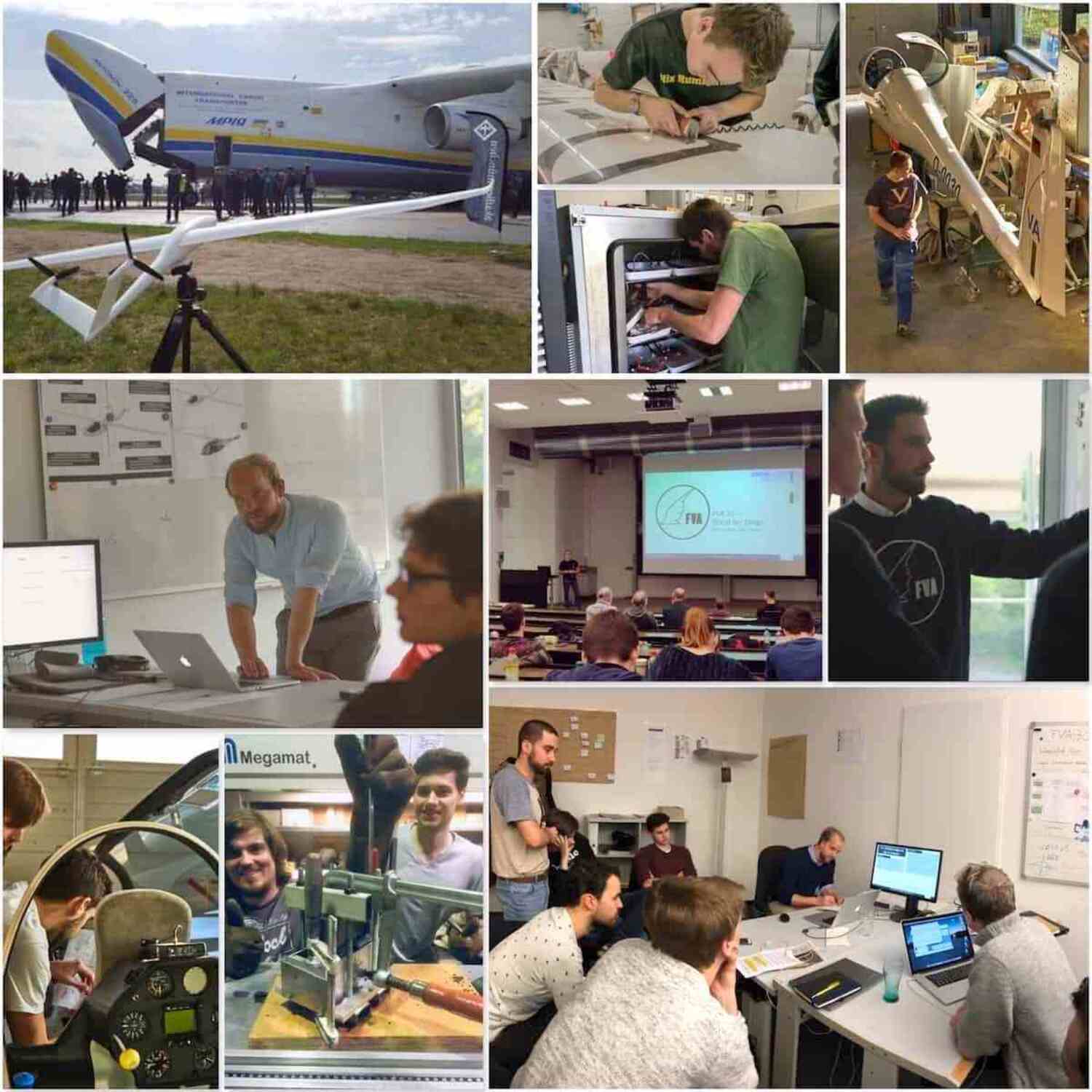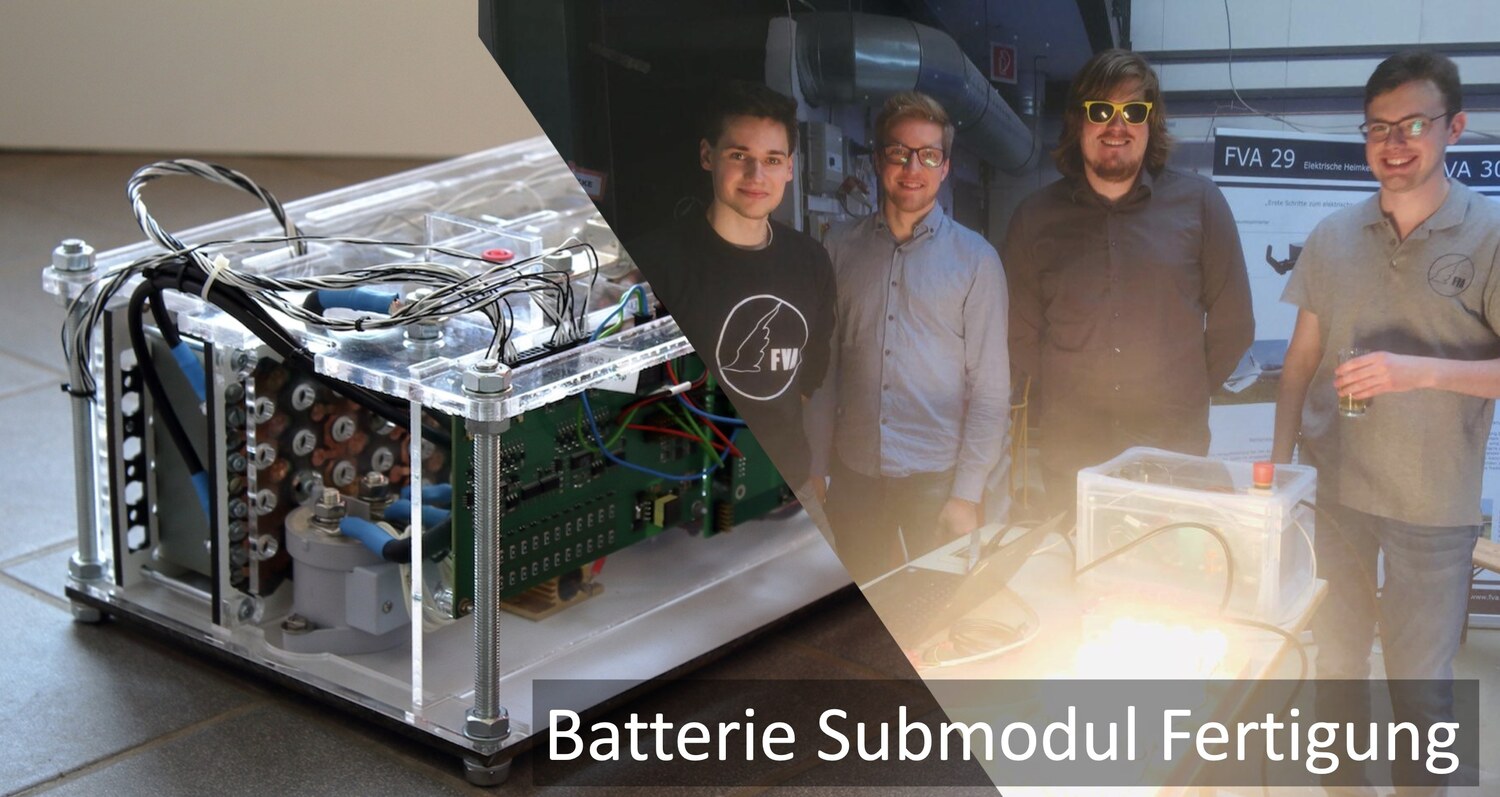Our vision
From Aachen to Berlin - faster and more efficient than the automobile
Our goals
Research carrier
Creation of a research platform for further investigations of innovative energy sources
Range > 650 km
This provides a reasonable radius of action as well as additional security with regard to our Aachen-Berlin mission profile.
Takeoff distance < 500m
The take-off distance is limited by our airfield Aachen-Merzbrück.
Electrification of the powertrain
Integration of the Wing Tip Propulsion System
Cruising speed 155 km/h/p>
The cruising speed is optimized for high efficiency.
Research on future issues
Noise, synthetic fuel, recuperation, fuel cells, operating strategies...
Teams & Technologies
Load calculation & structural design
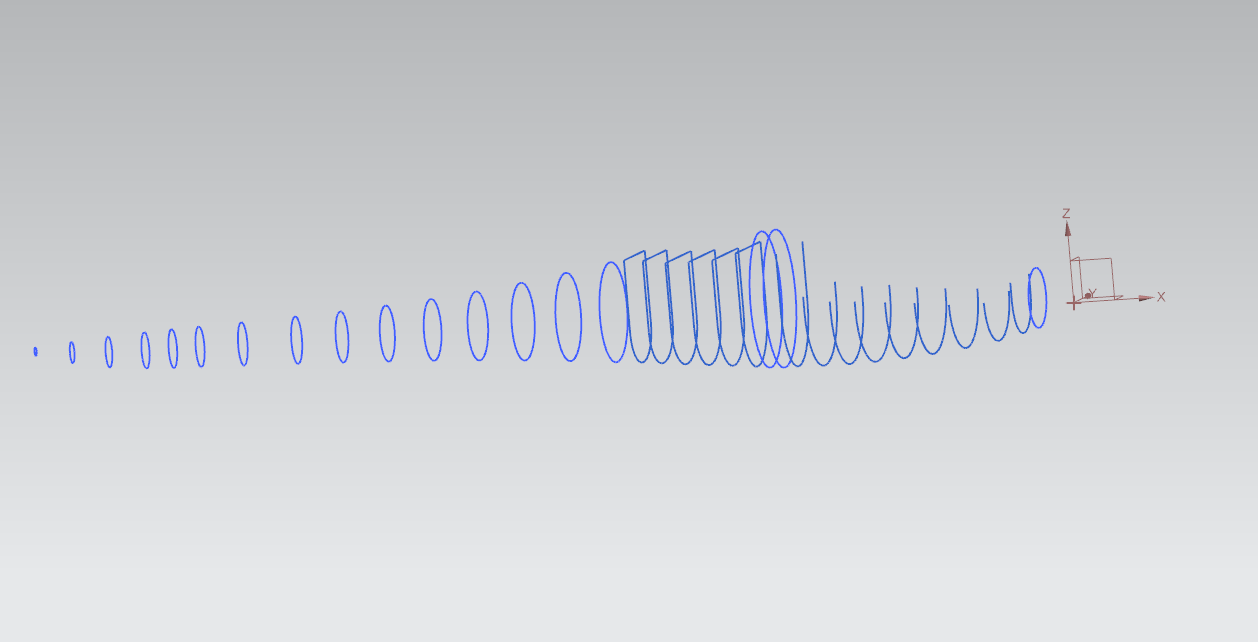
Fuselage design
In the structural design, the occupancy of the main structure (wing, tail and fuselage) is determined on the basis of the applied forces.
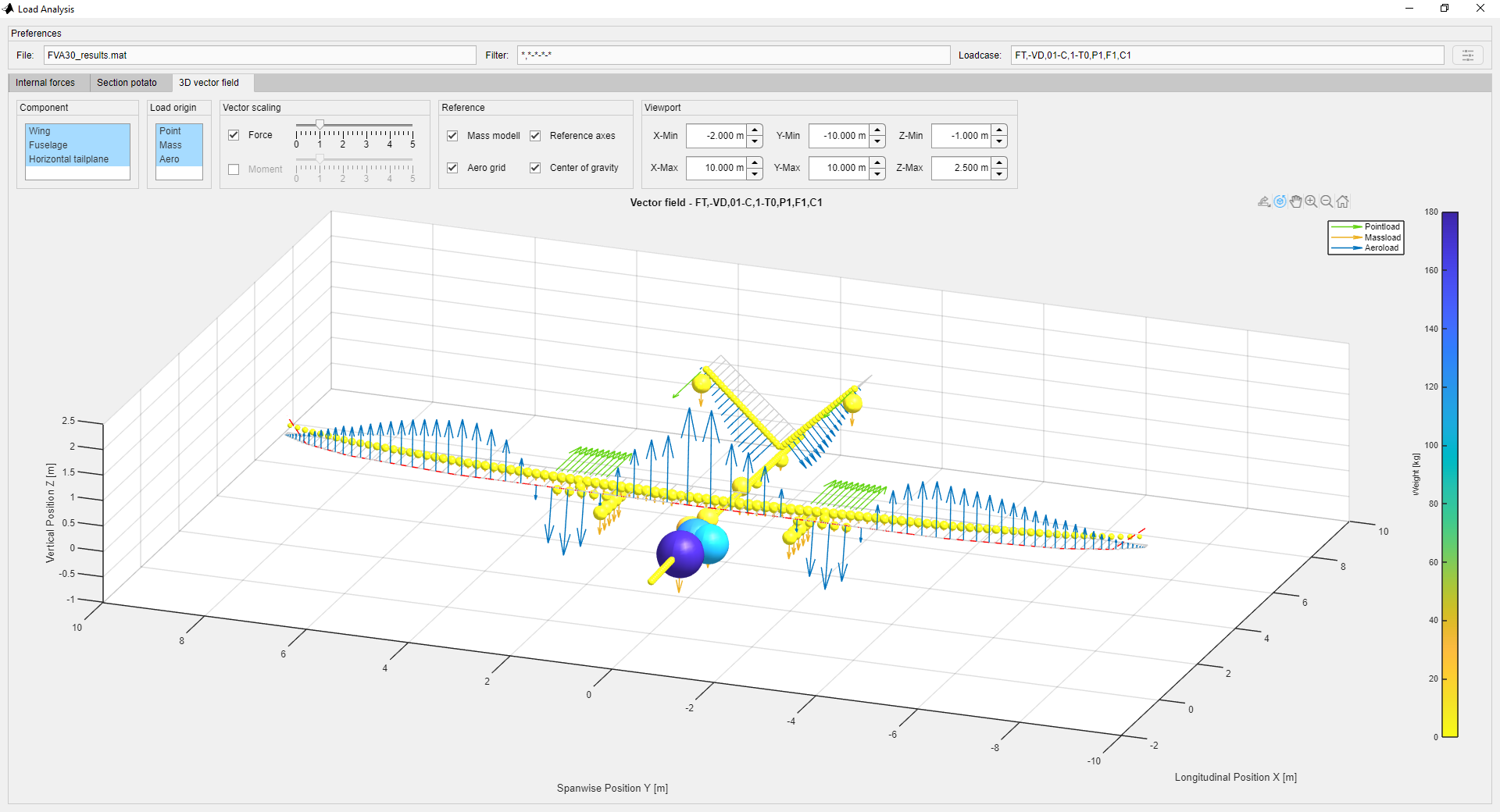
Load calculation
Calculation of all forces acting on the aircraft.
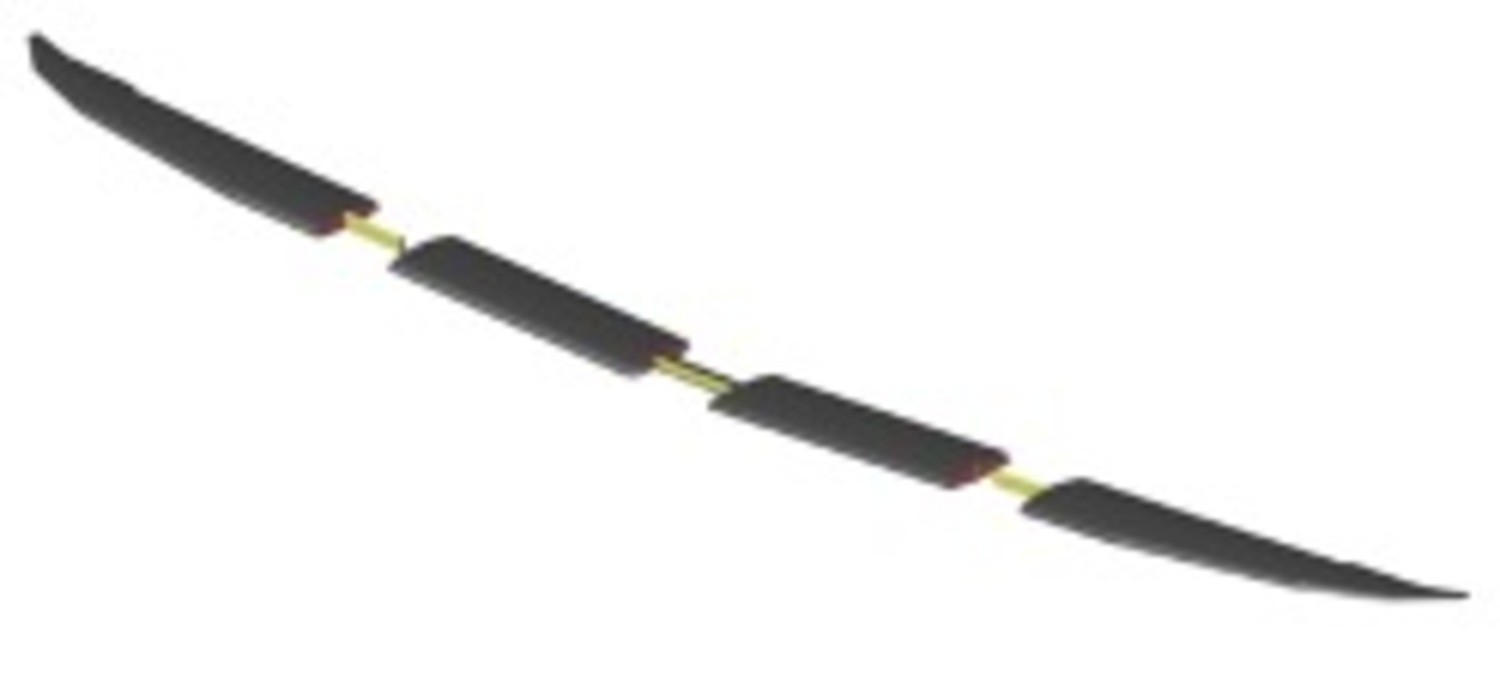
Wing design
Dimensioning loads on the wing include gusts and intercepts.

What is the most clever way to combine the progress of one’s own studies with the FVA while still advancing a project as sustainably as possible?
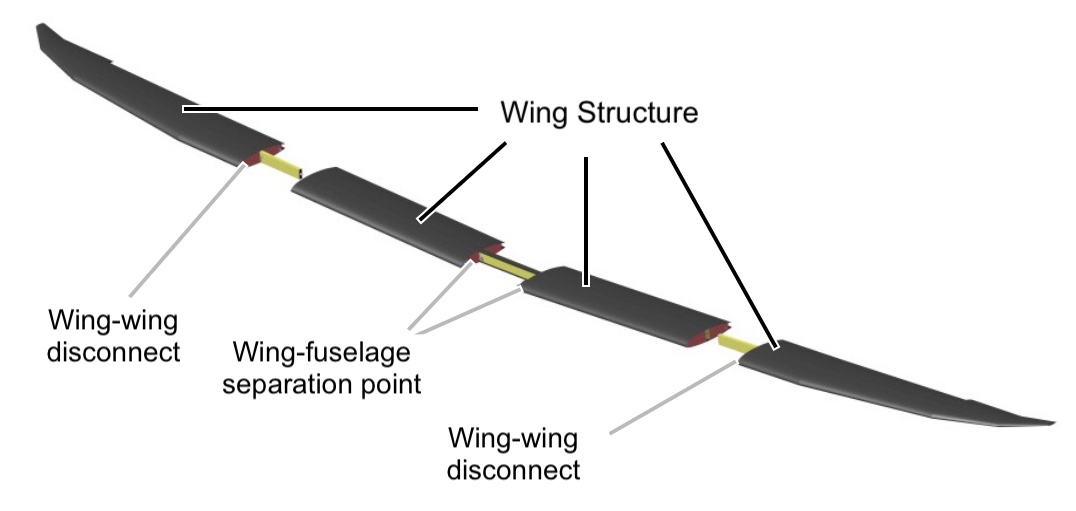
In the last article, a first load comparison between the wings of FVA-30 and e-Genius was carried out.

As planned for some time, the creation of a final Weight & Balance could now be completed.
Flight Mechanics & Flight Performance
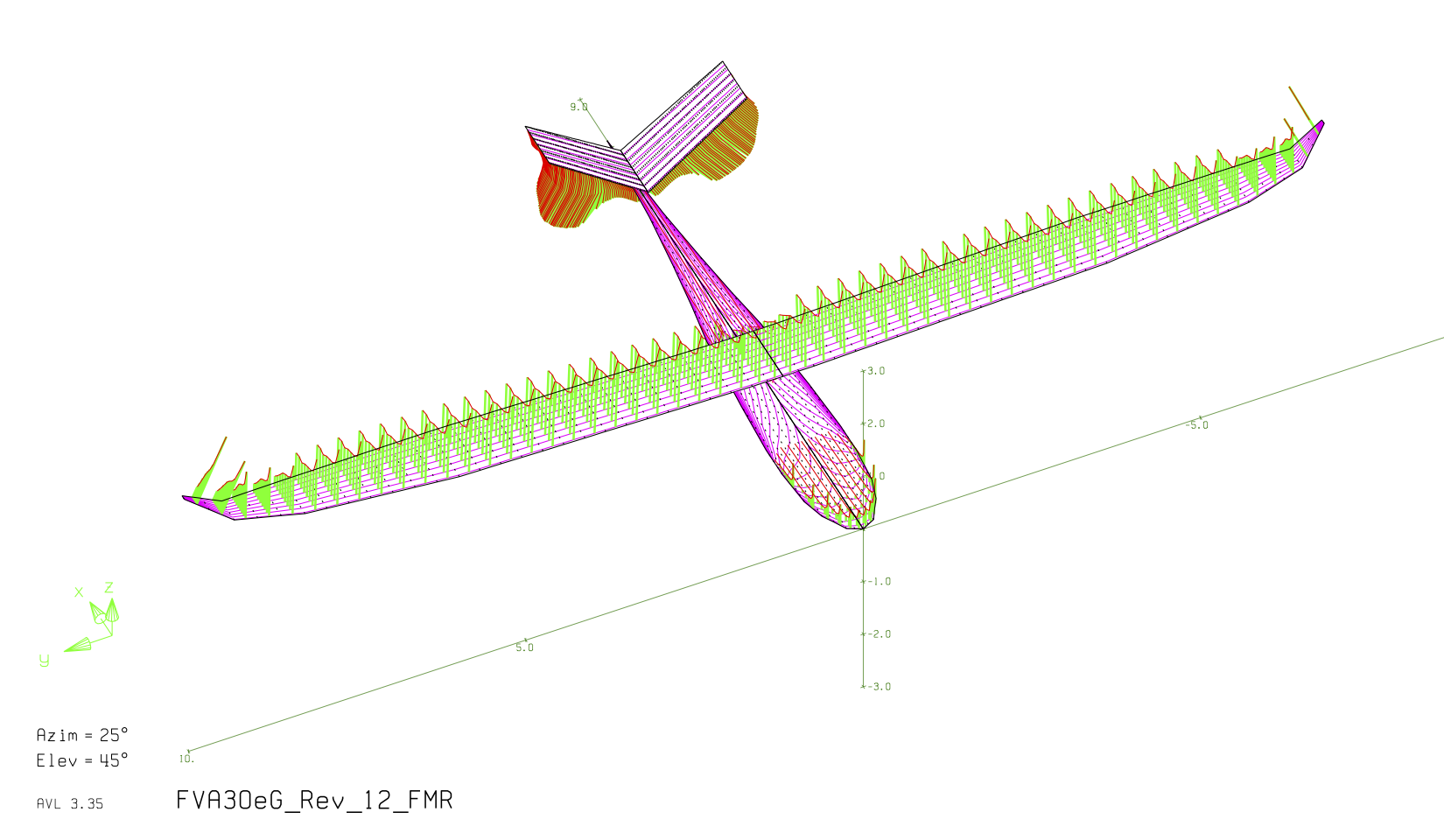
Stability & controllability
Design of aerodynamic surfaces based on flight mechanics evaluation including investigation of propeller-tail interaction.
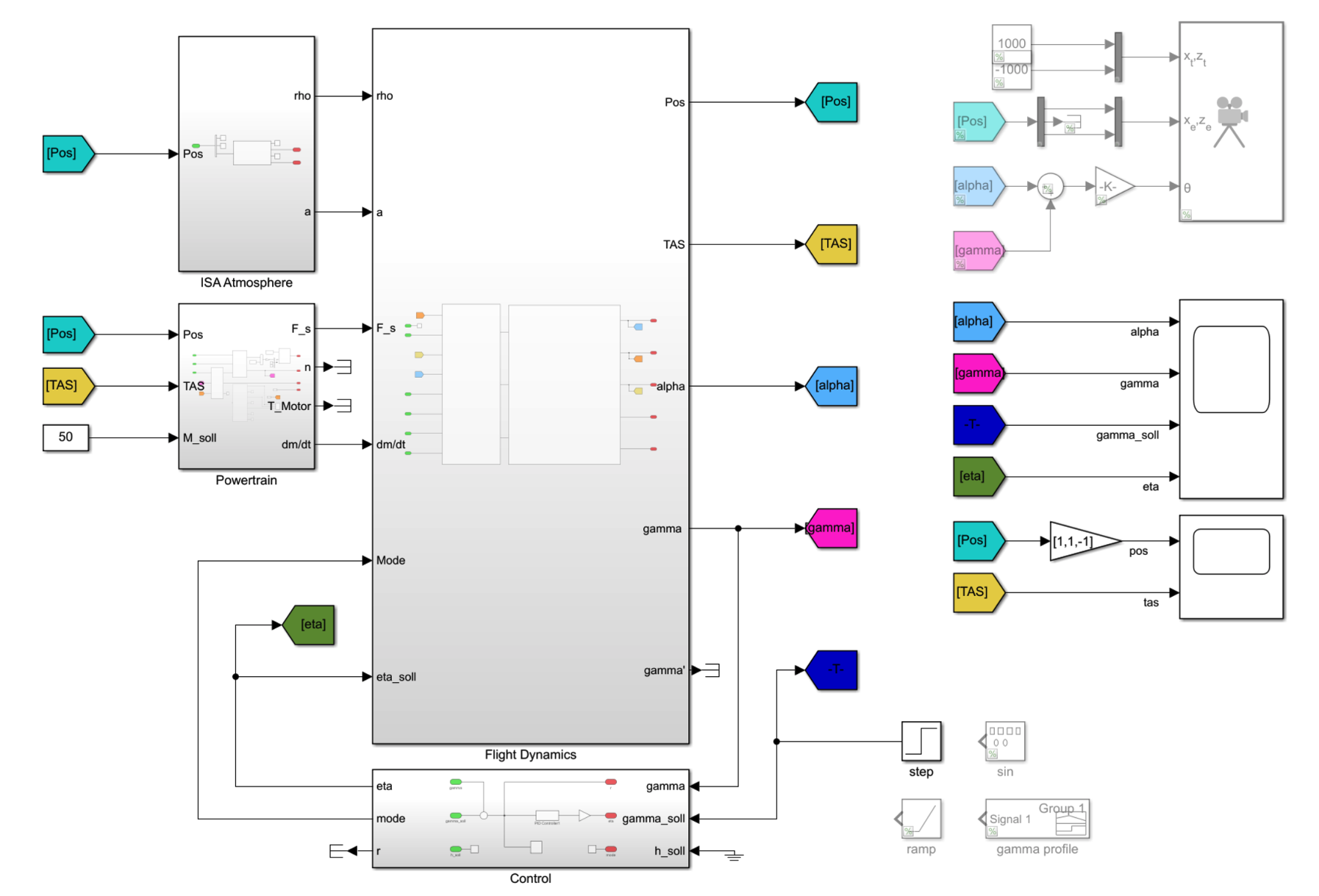
Flight performance simulation
Simulation environment with three degrees of freedom, modeling and maps for powertrain, battery storage and propeller.
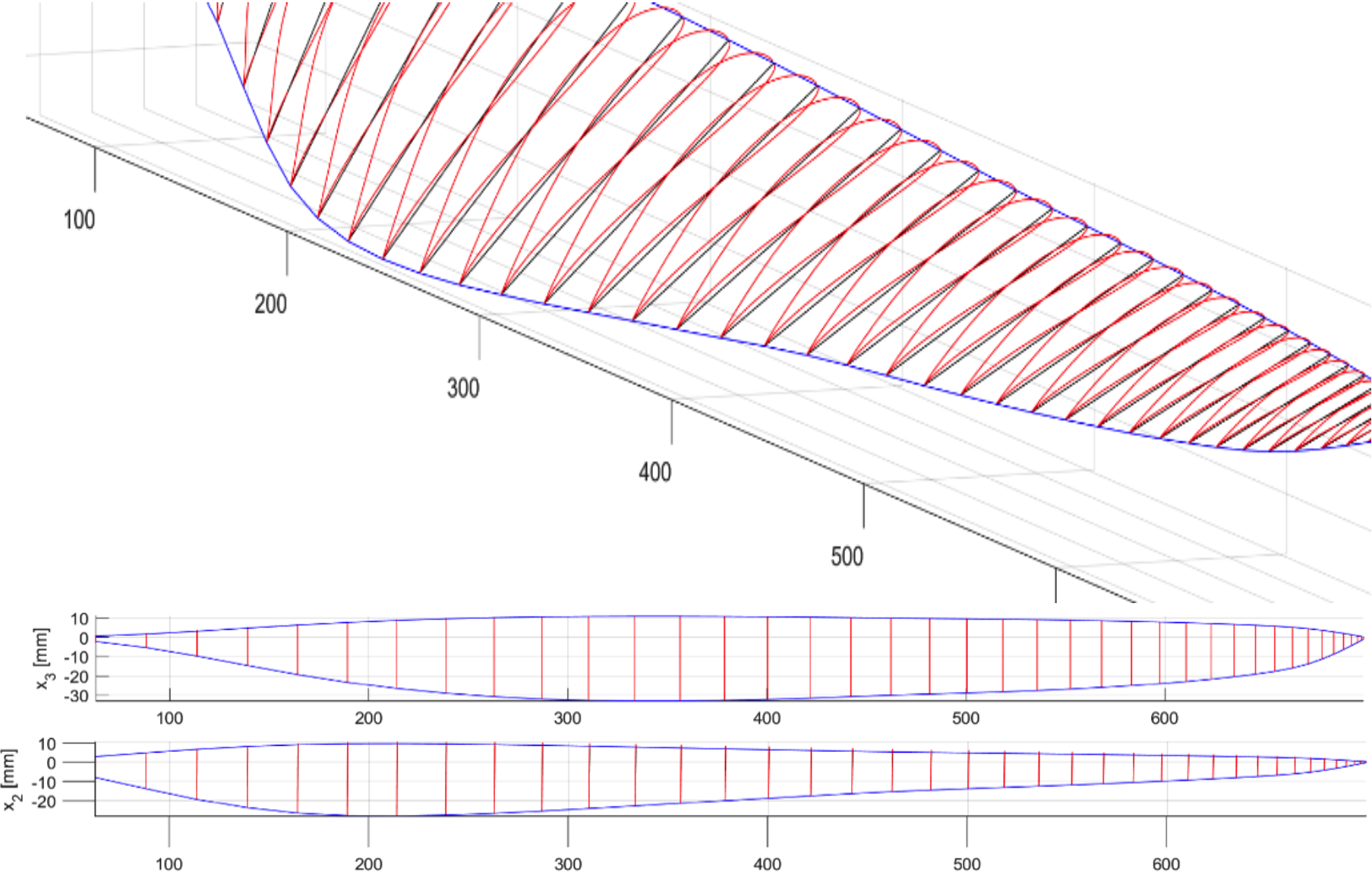
Propeller design
Design of propeller geometry that meets all thrust requirements while minimizing required power and emitted noise.
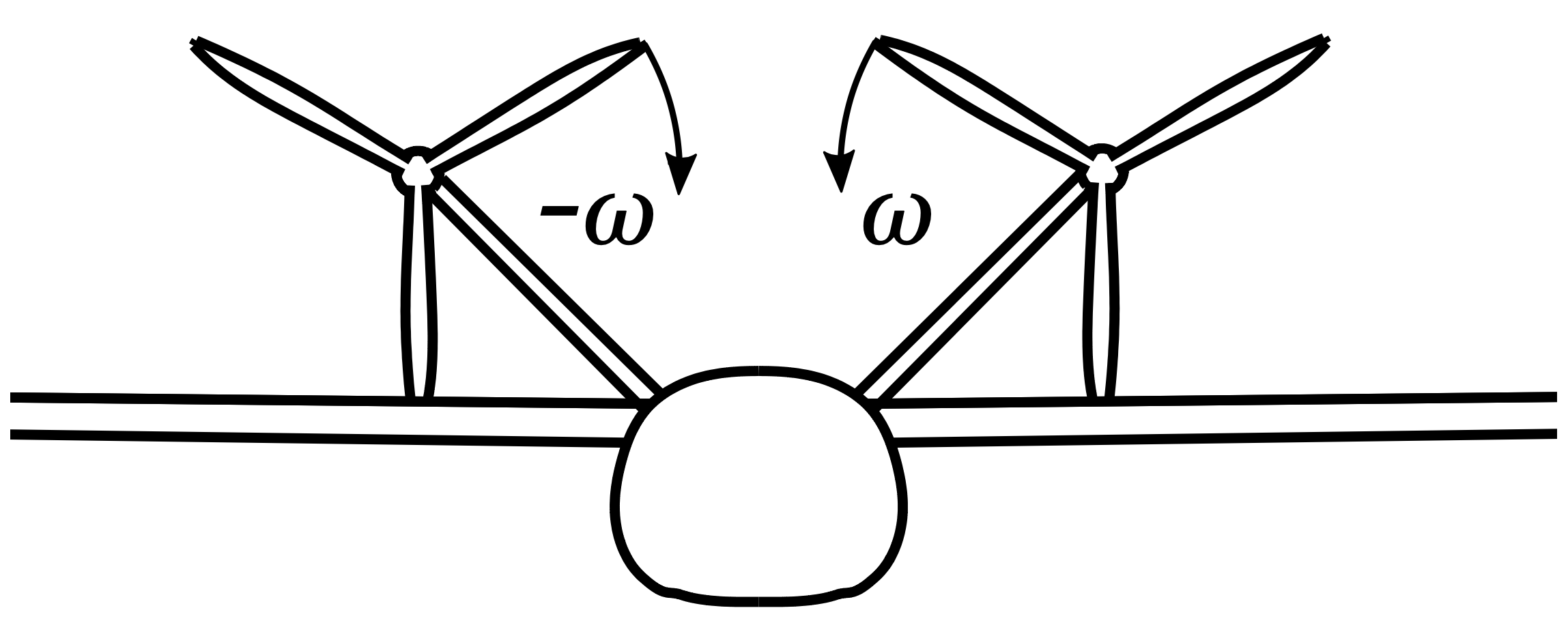
After the complete sizing and design of the V-tail of the FVA-30, an important effect affecting the tail was studied again in more detail during the last semester: The interaction of the propeller wake with the flowed-around control surfaces on the empennage and the resulting rudder effectiveness significantly influences the verification of longitudinal and lateral stability both in twin-engine operation and in single-engine operation (one-engine inoperative, one-sided propulsion failure) and thus also affects the design of the empennage.
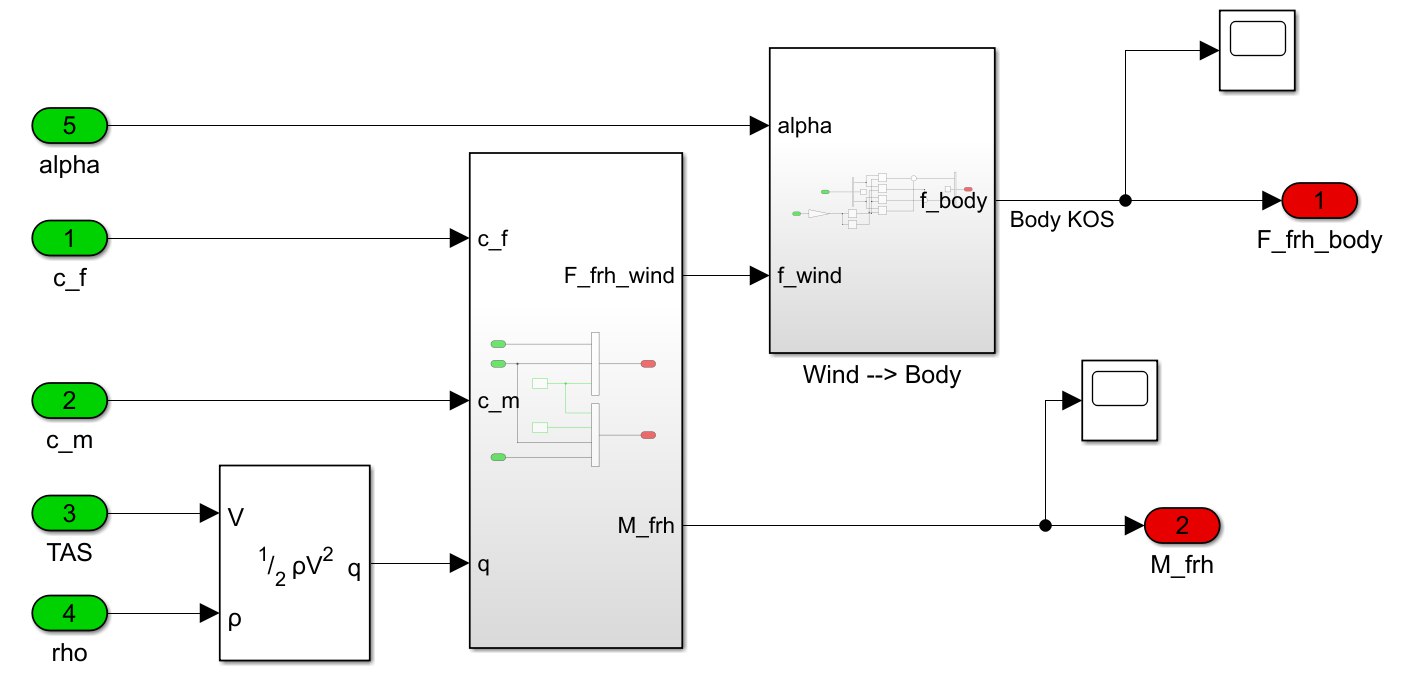
The overall propulsion design depends significantly on the performance requirements resulting from the planned flight profile.

As planned for some time, the creation of a final Weight & Balance could now be completed.
Construction & Control
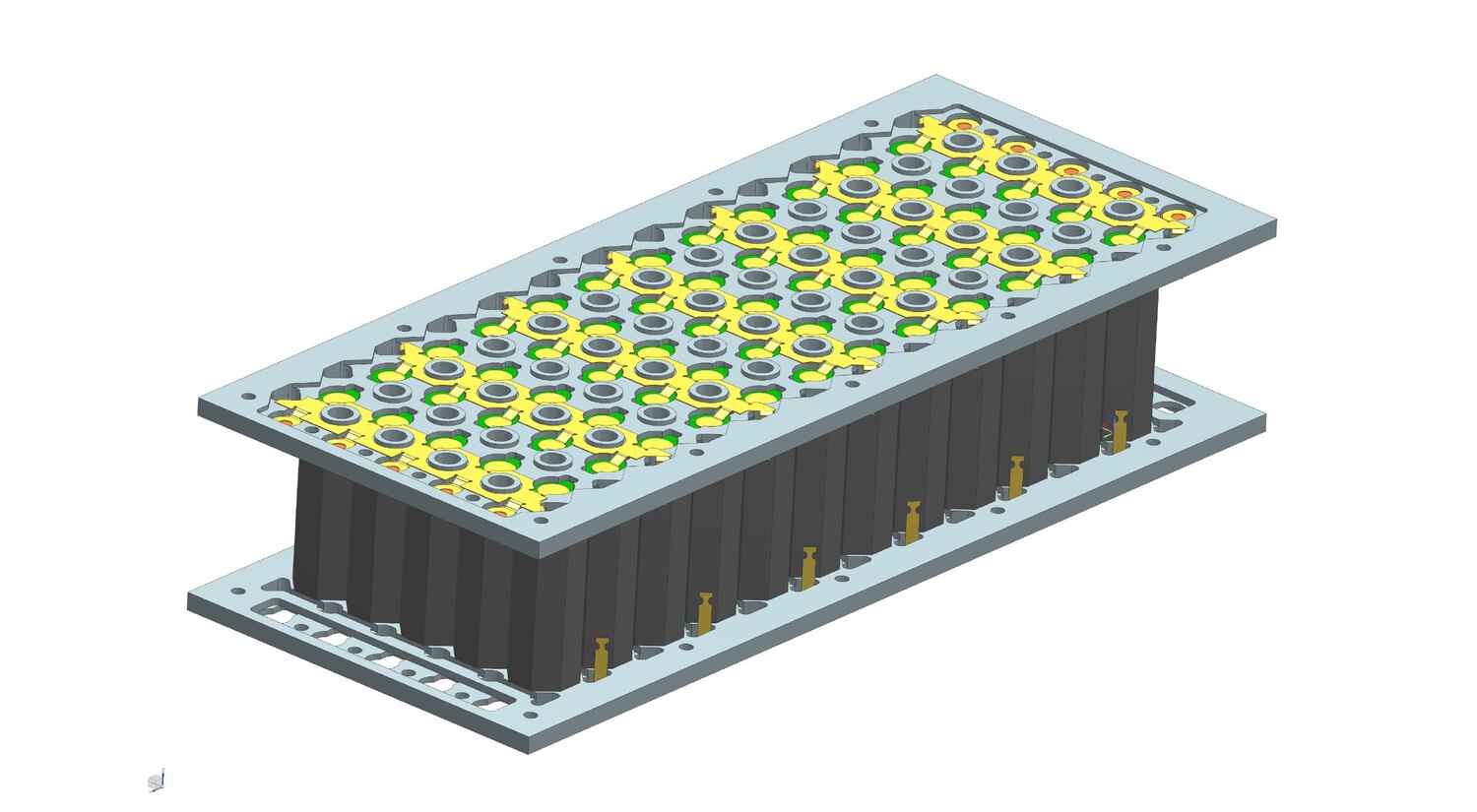
Test battery
First battery construction for tests.
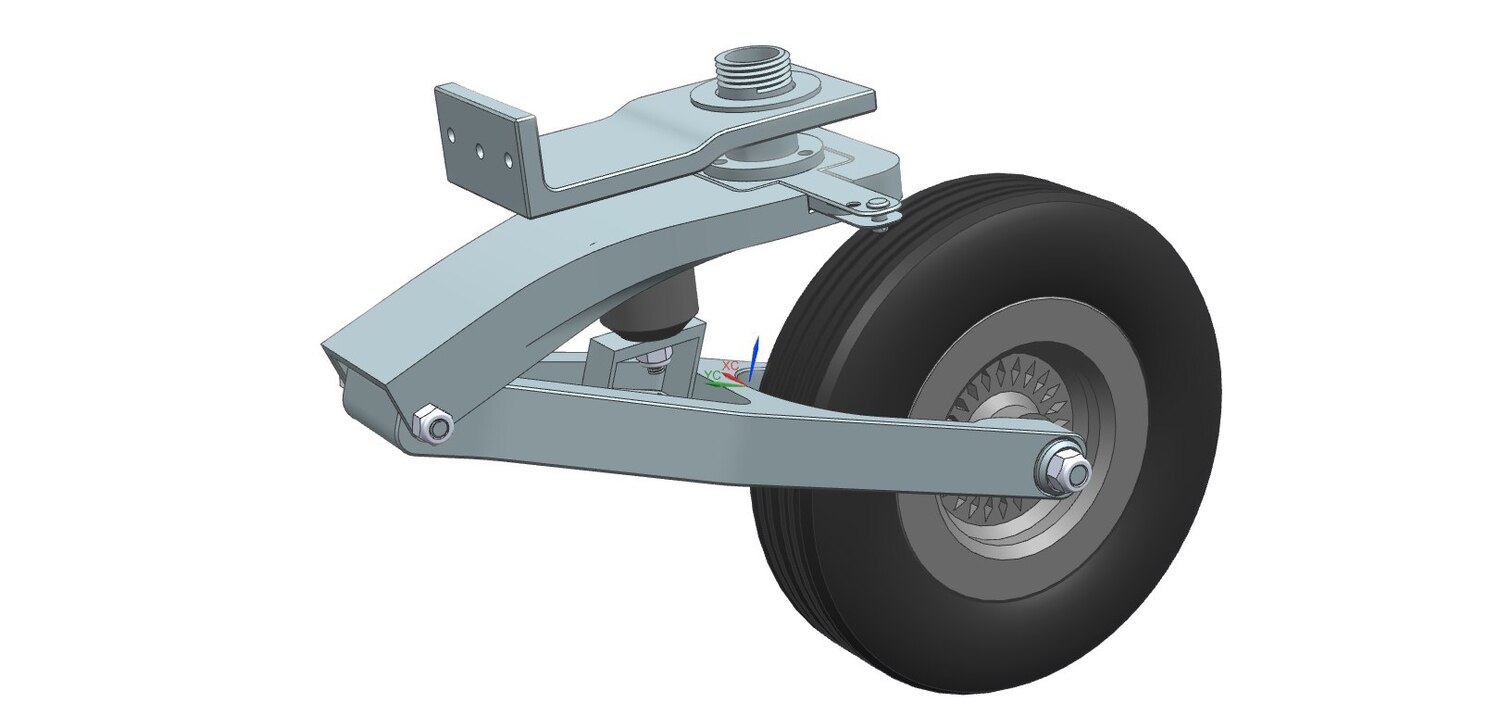
Tail wheel
First construction of the tail wheel.
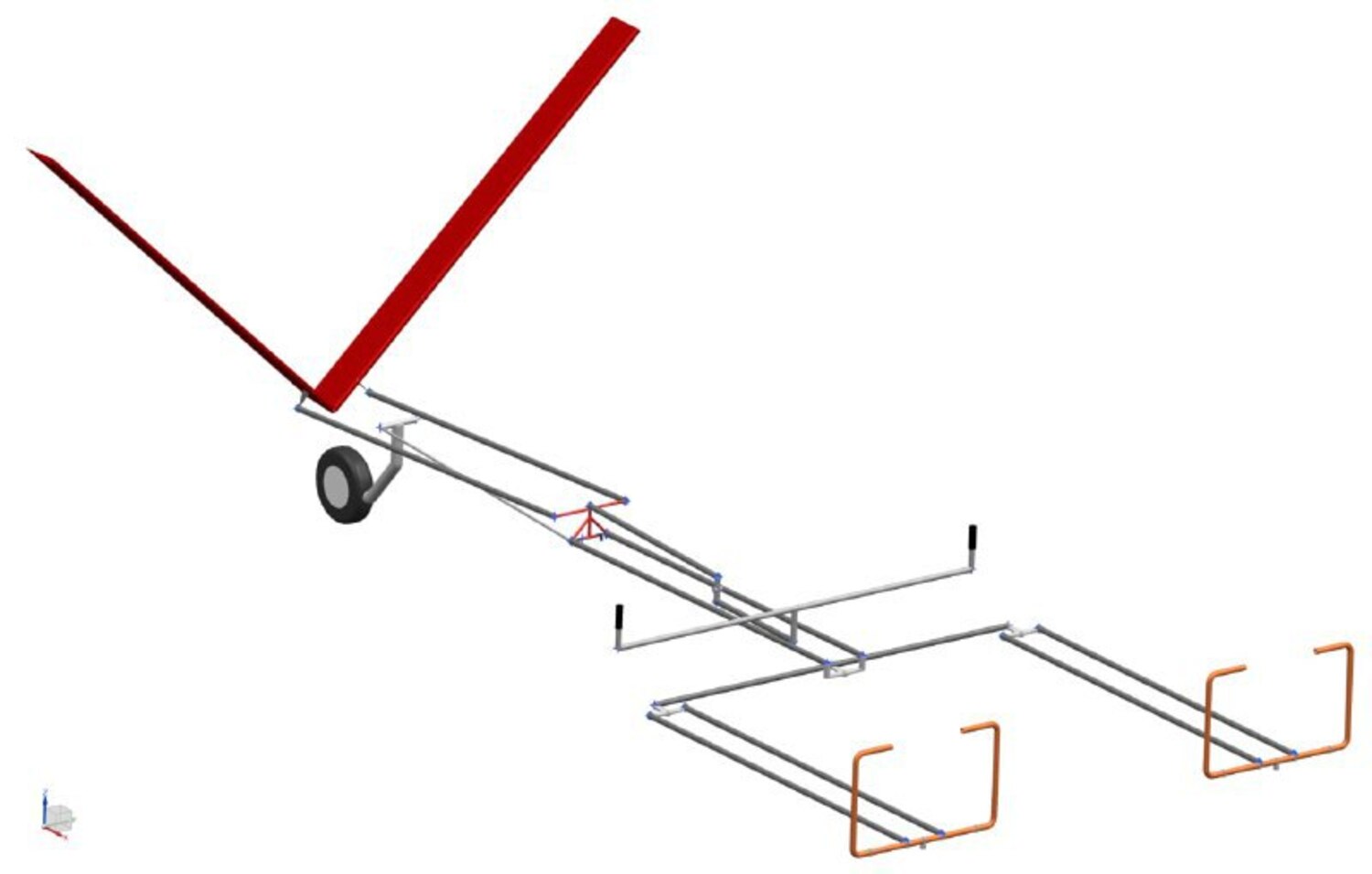
First construction of the tail wheel.
First principle sketch of the control system.

What is the most clever way to combine the progress of one’s own studies with the FVA while still advancing a project as sustainably as possible?
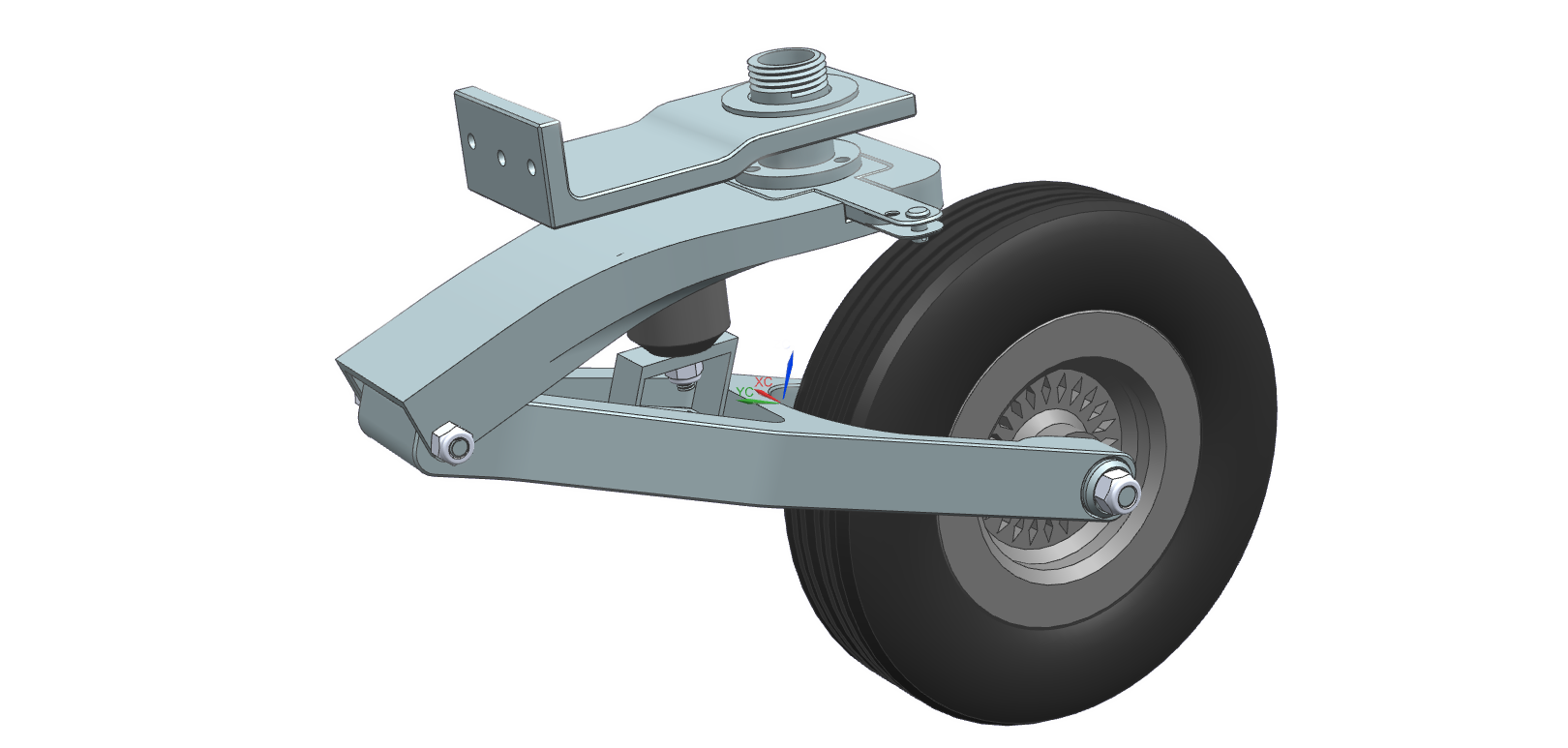
Due to the landing gear arrangement of the FVA 30, a tail wheel is required.
Electric drive train
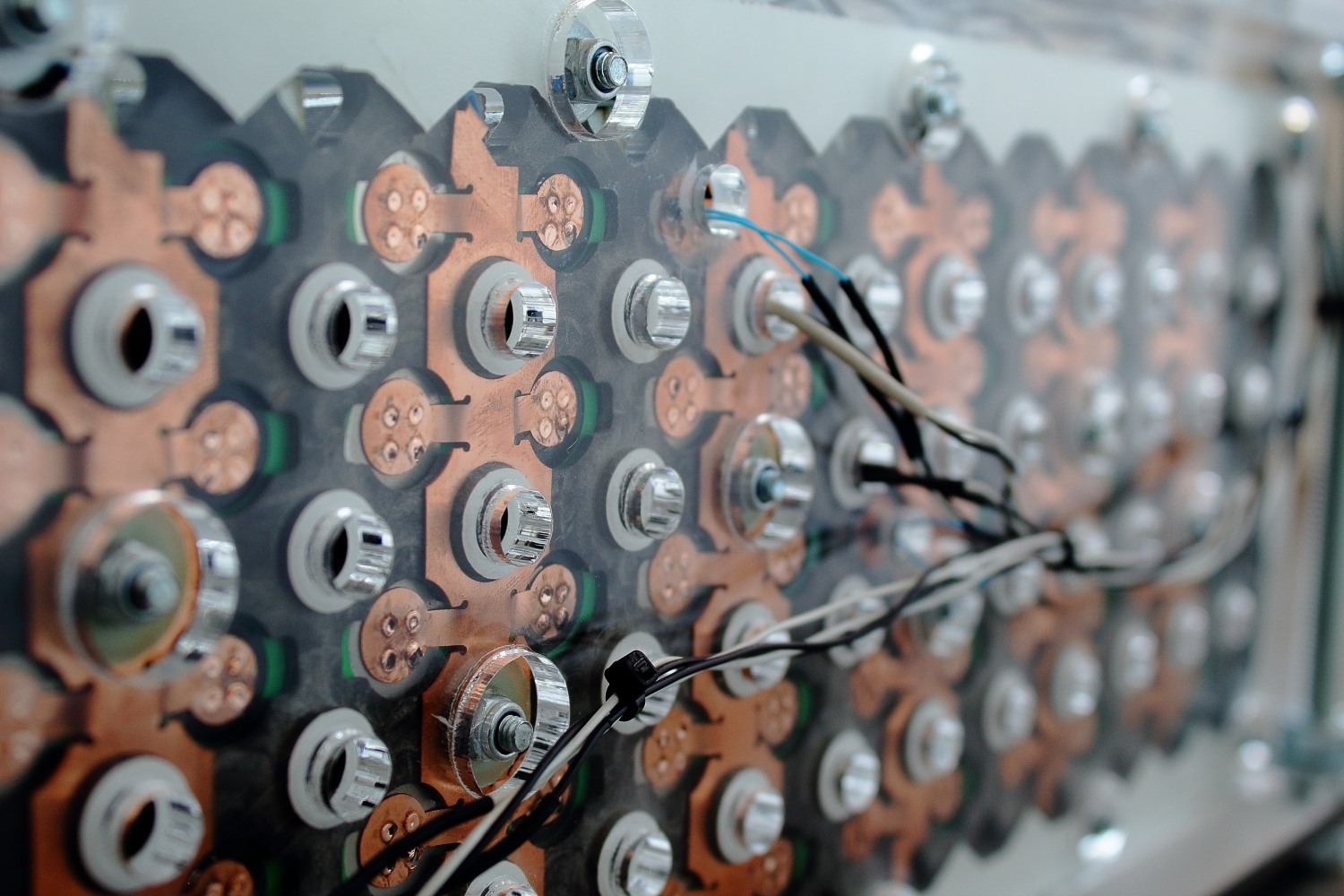
Battery design
Low weight, maximum energy density
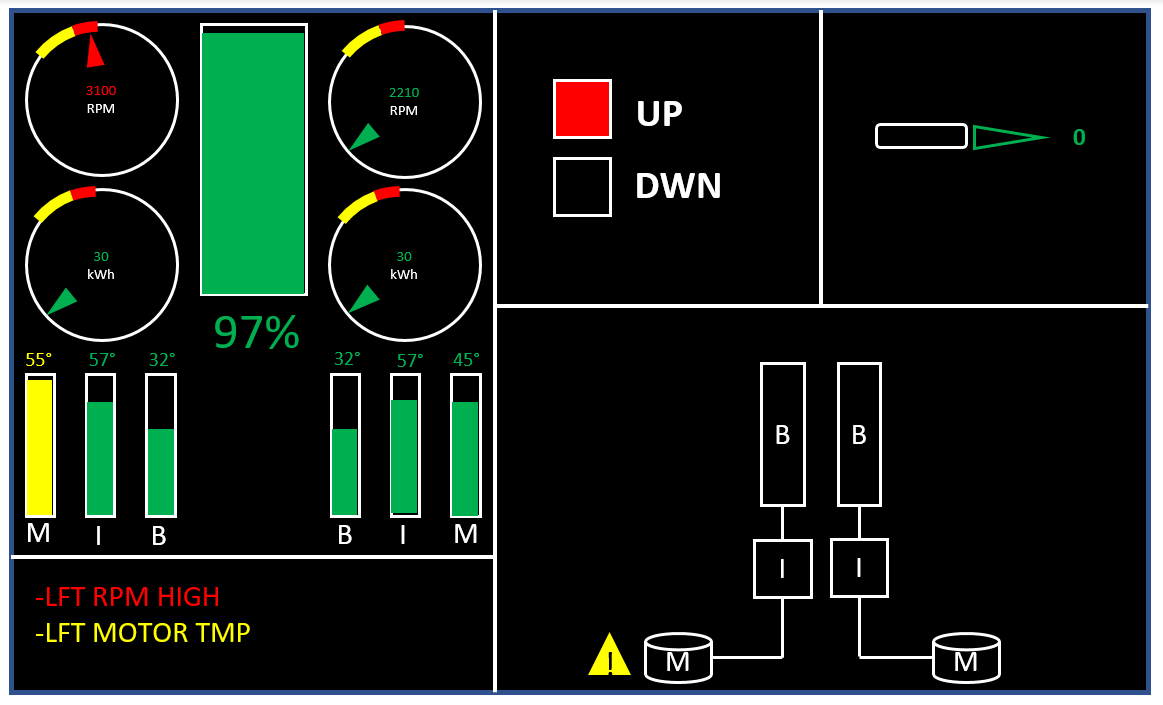
Operating concept
Communication between pilot and aircraft
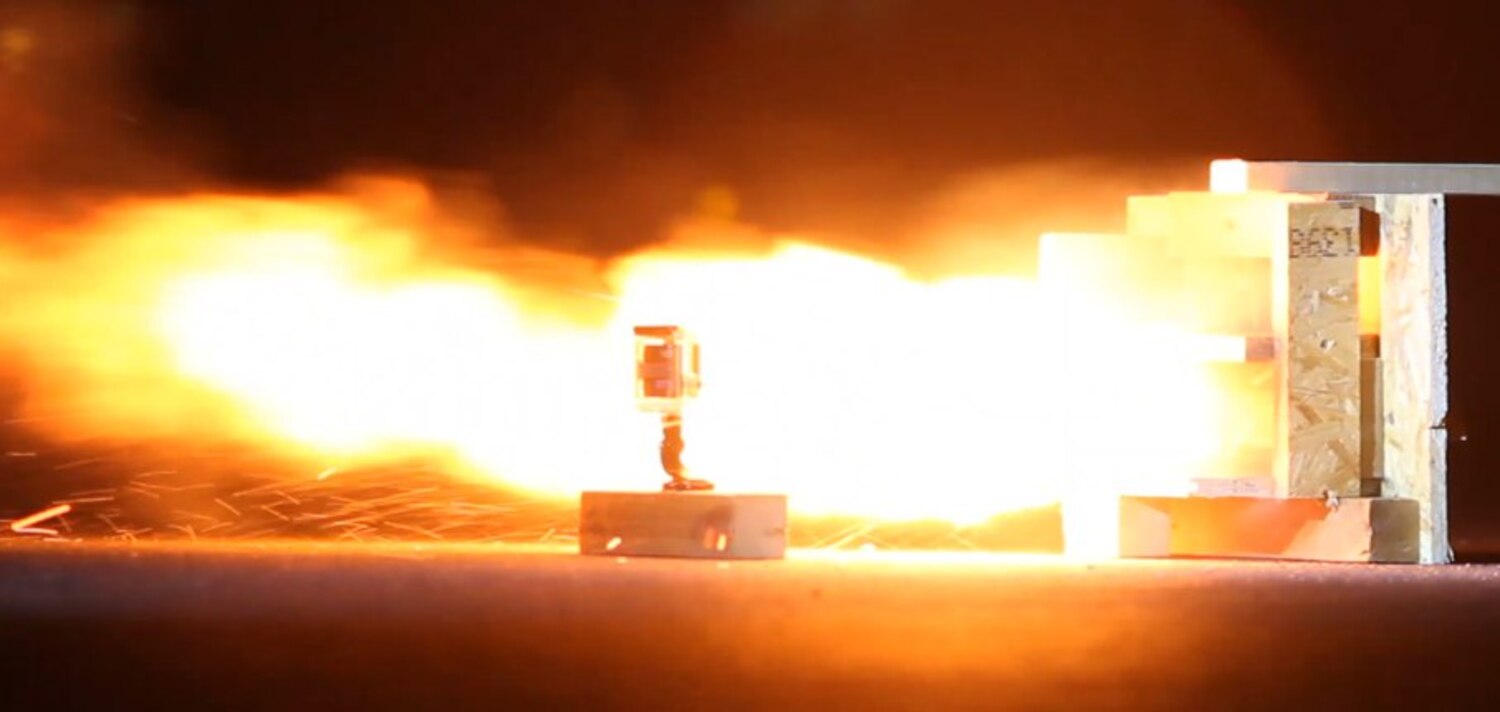
Certification
Rigorous testing ensures maximum reliability

The overall propulsion design depends significantly on the performance requirements resulting from the planned flight profile.
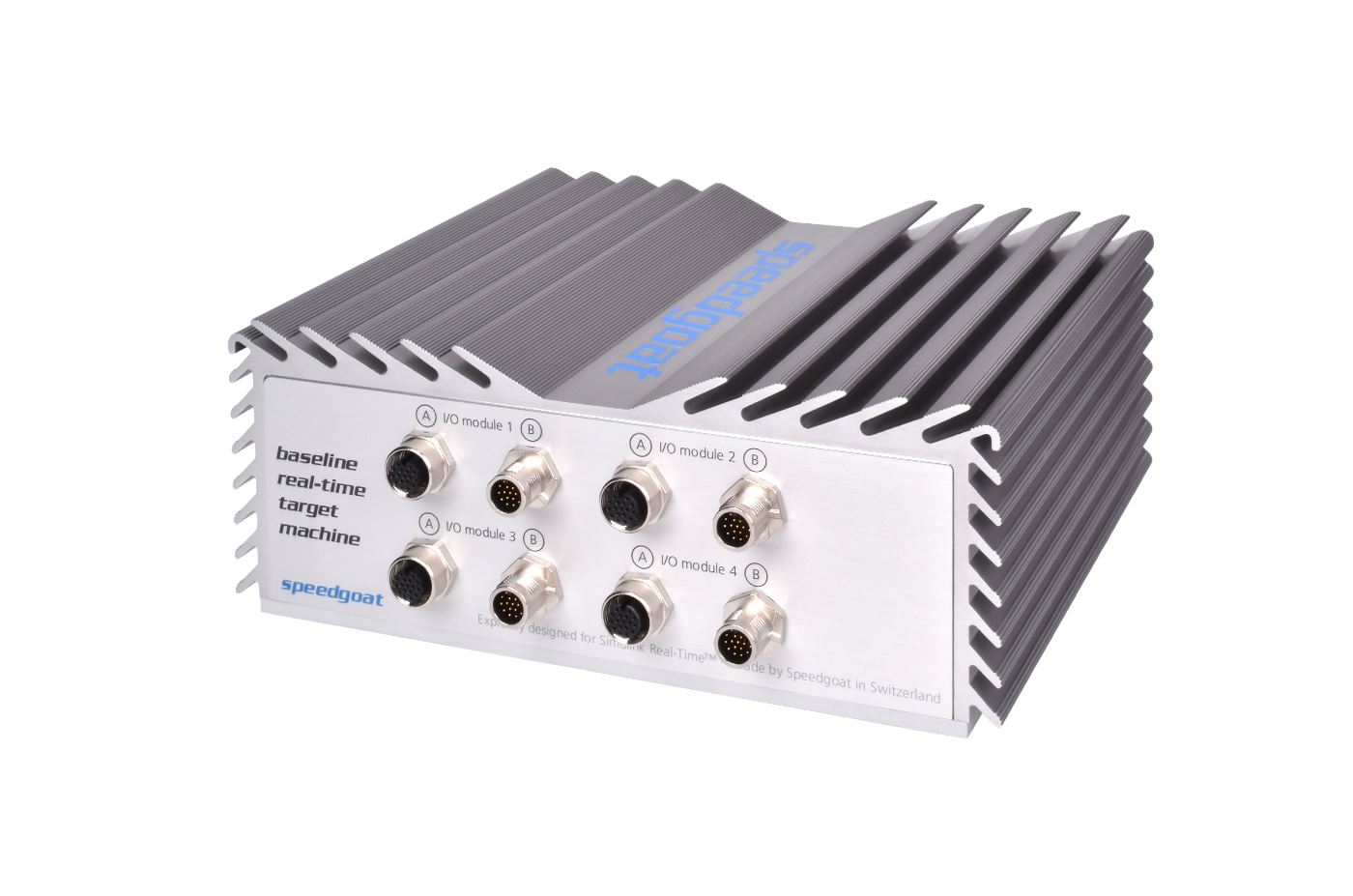
The system architecture of the FVA-30 is a continuous evolution driven by the requirements of the various components of the aircraft. Important for the design is not only the electrical powertrain, but also mechanical assemblies such as the trim, avionics and lighting of the aircraft.
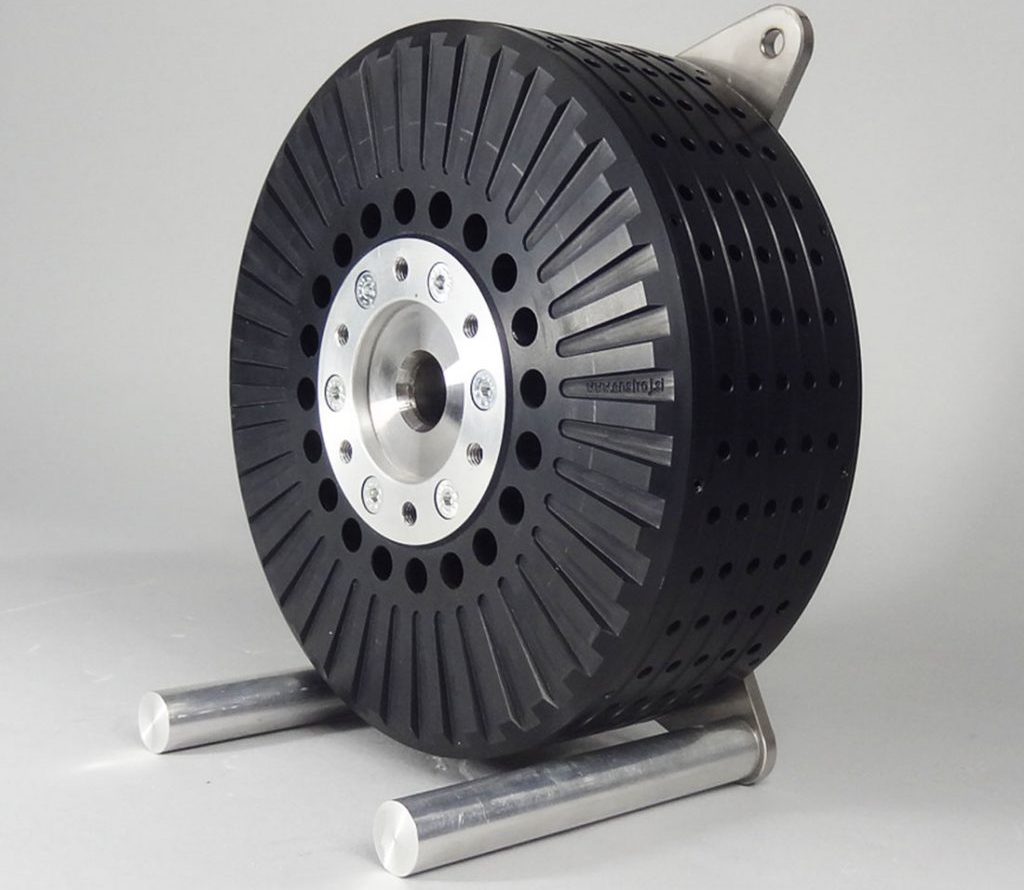
To prepare the engine runs for the EMRAX 228 HV used, we followed the certification regulations of JAR 22 (Section H Subsection Test Bench Runs) and then made a proposal to the LBA (German FAA) for our approach to the engine runs.
Range Extender (REX)
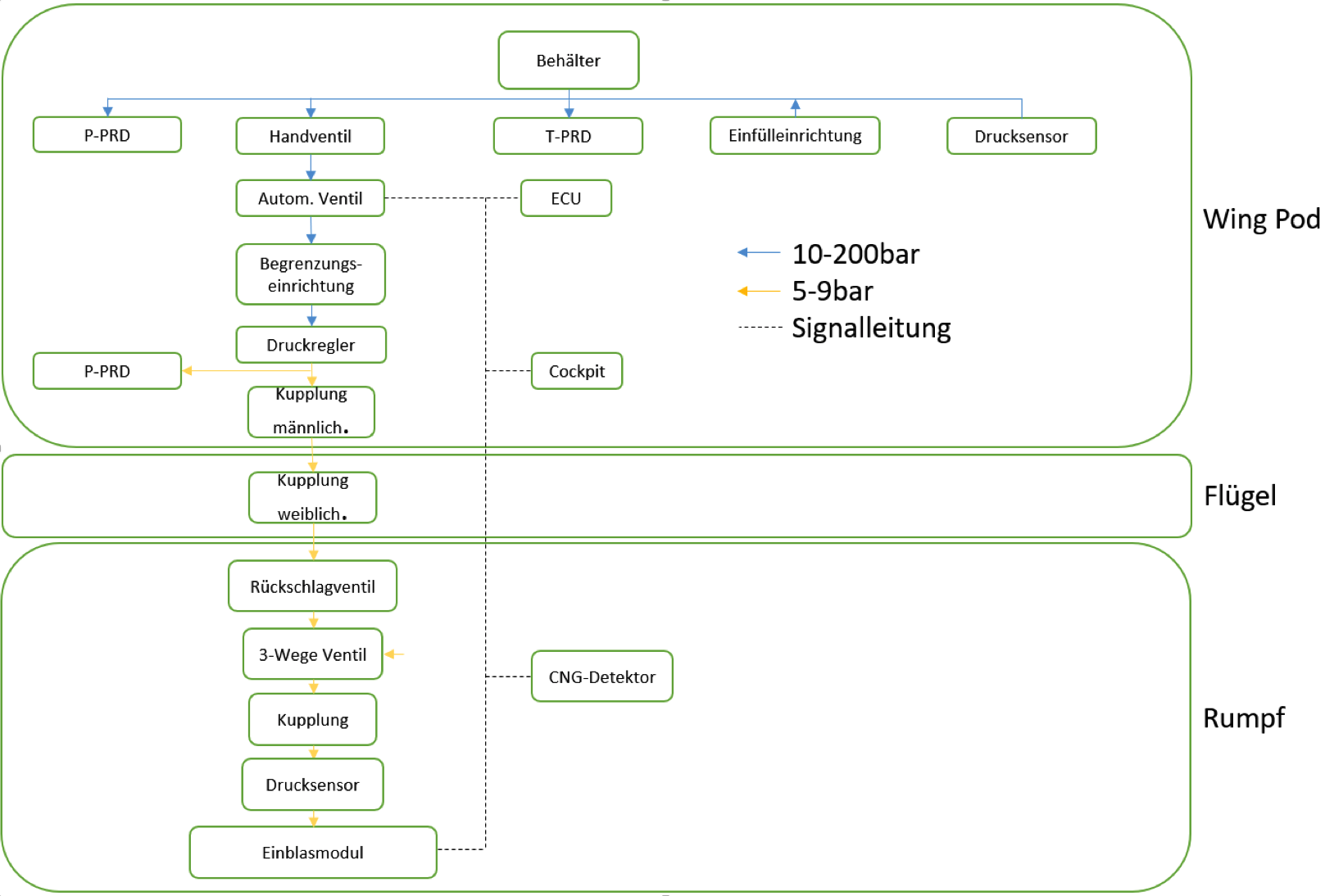
Pressure system concept
Concept design for aircraft pressure system
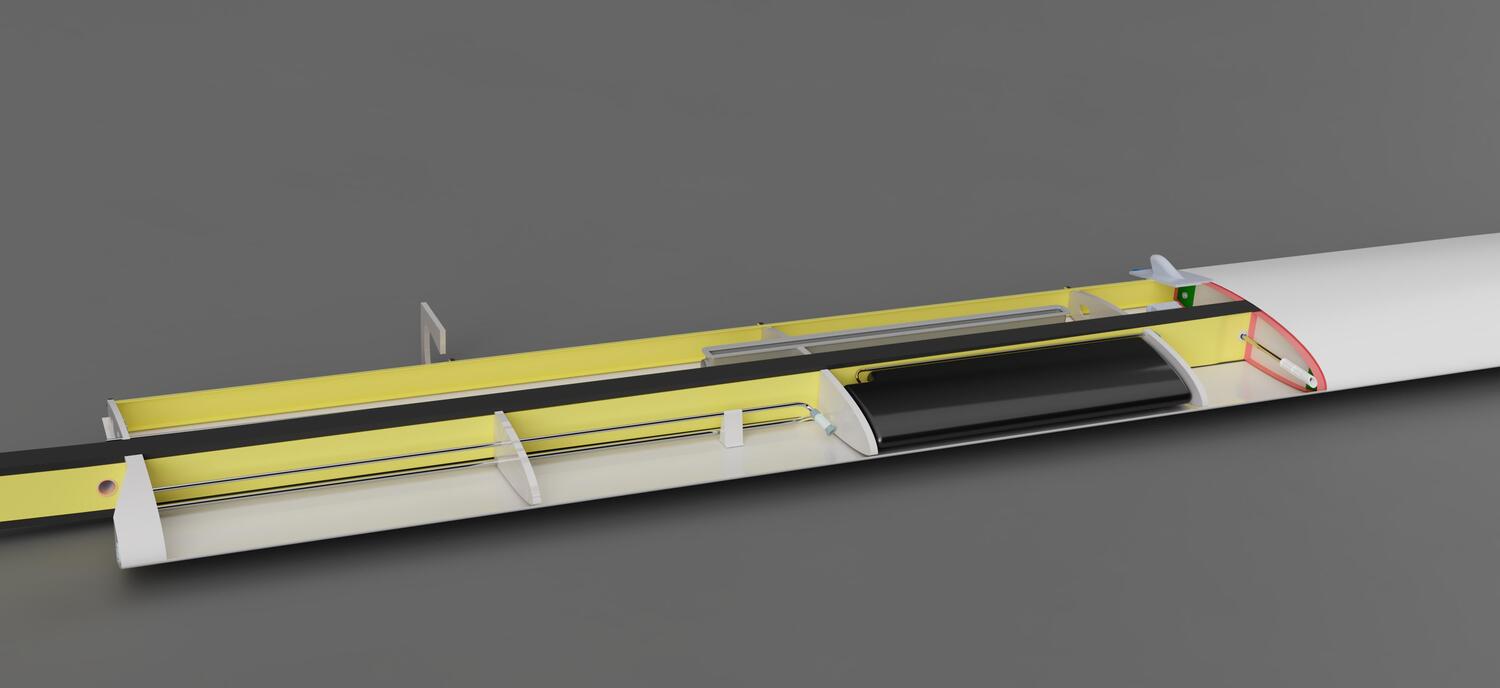
Pressure system integration
Integration of the components into the FVA 30
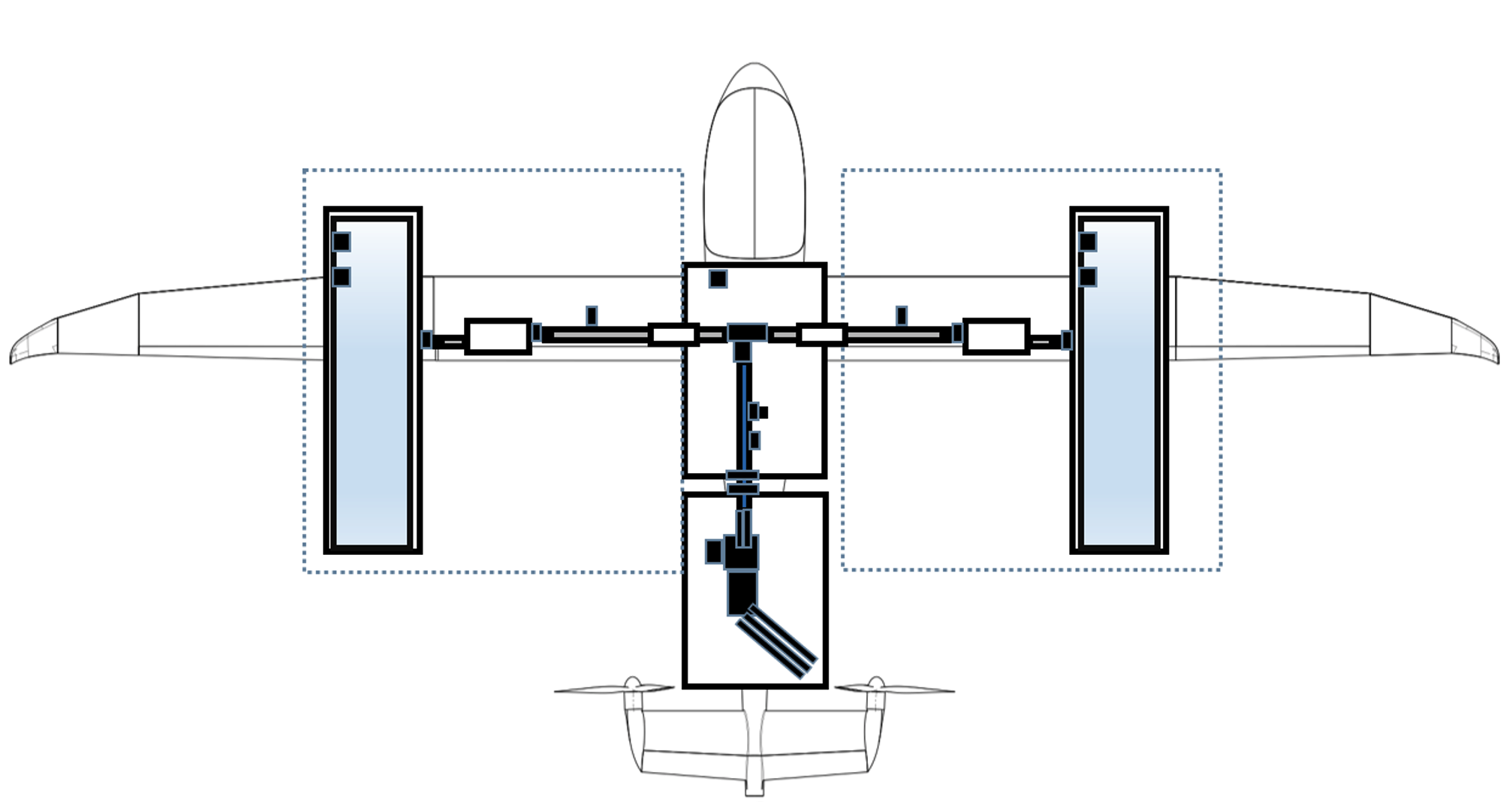
Range Extender System Design
High pressure system design
State of development & milestones
Newest articles

What is the most clever way to combine the progress of one’s own studies with the FVA while still advancing a project as sustainably as possible?

At Aero 2022 in Friedrichshafen, Germany, we exhibited part of the FVA30 powertrain test bed. What it’s all about and what important role the Speedgoat Real Time Target machine is playing, FVA 30 project manager Paul explains in the following video.
Questions? Suggestions? Participate?
Do you have questions about the project, or would you like to join us? Then simply write us an email or meet us at the weekly meeting. It doesn't matter which subject you are studying or which semester you are in. We are always looking for motivated team members who are committed to advancing our project independently. With us, you will gain exclusive insights into aircraft development and can already gather experience in aviation alongside your studies. We look forward to meeting you!
